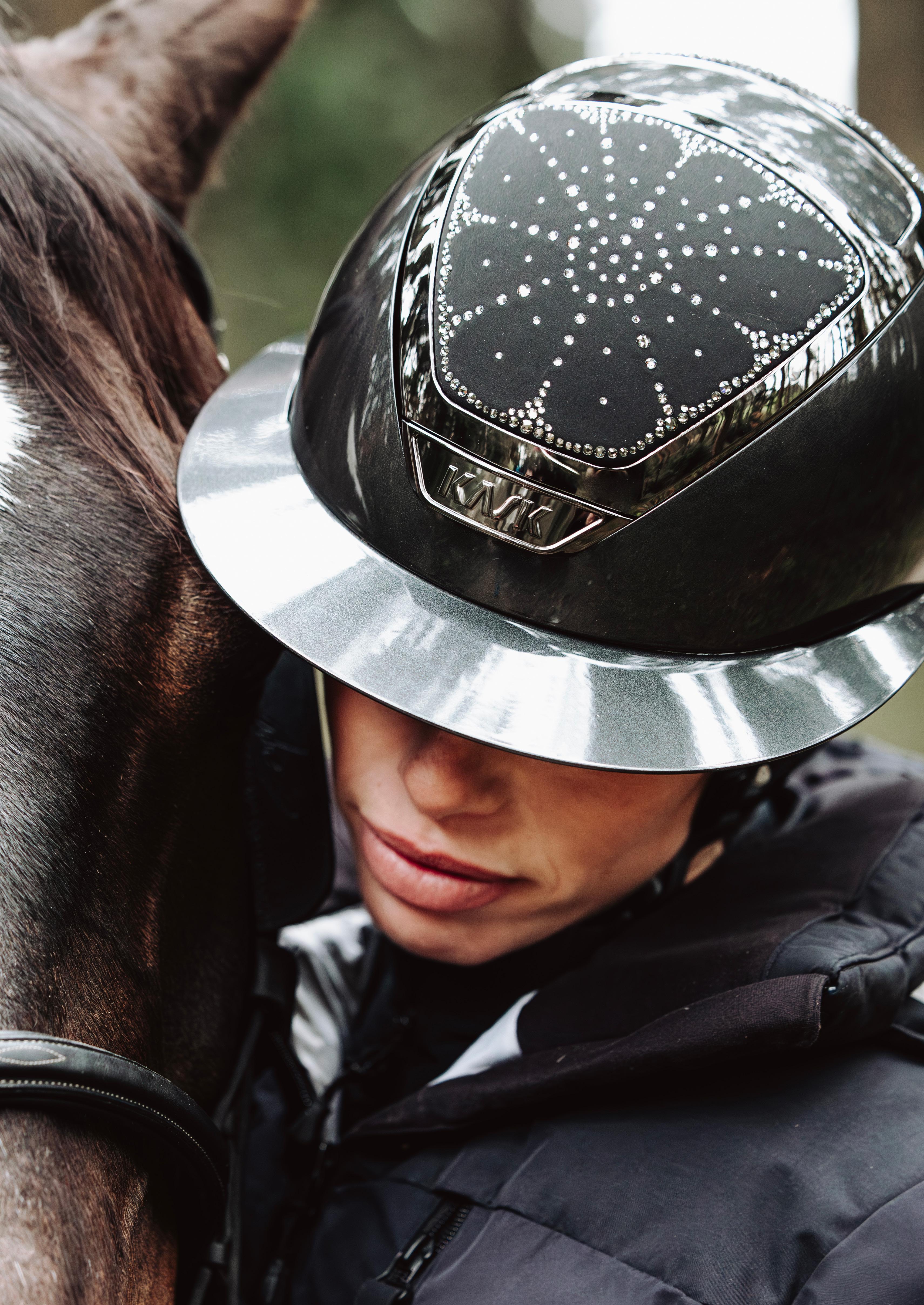
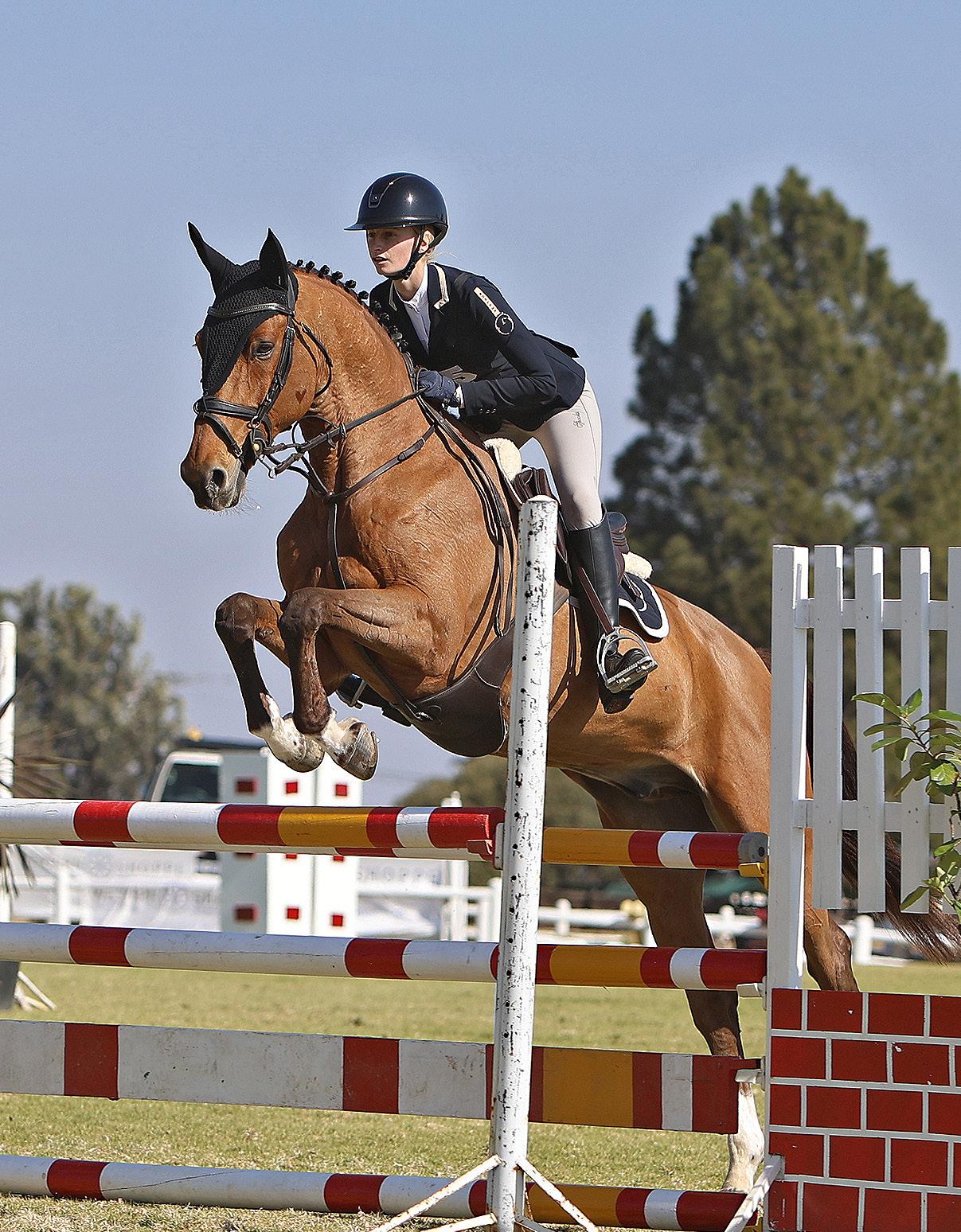



Finesse, feel and forming
partnership

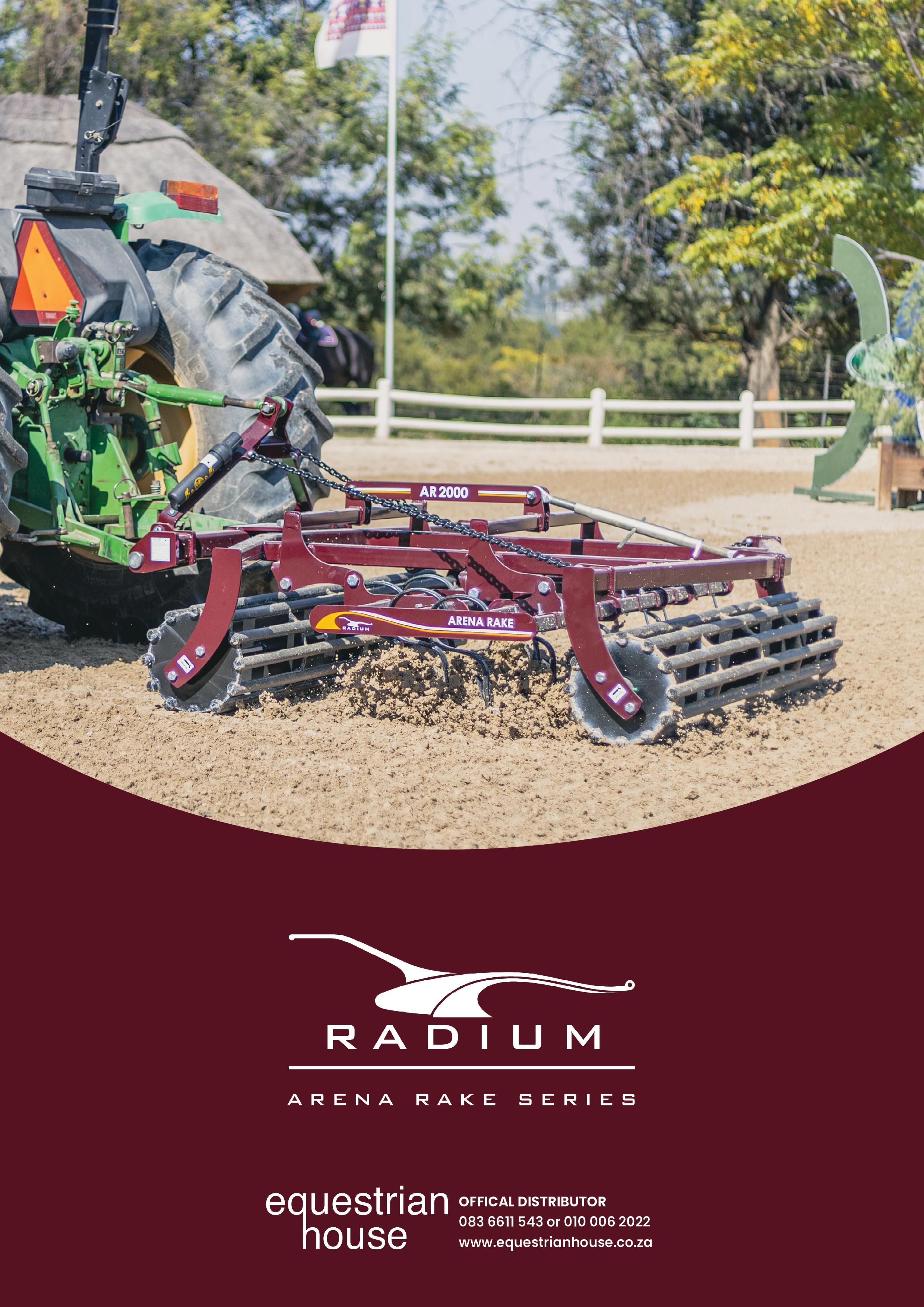
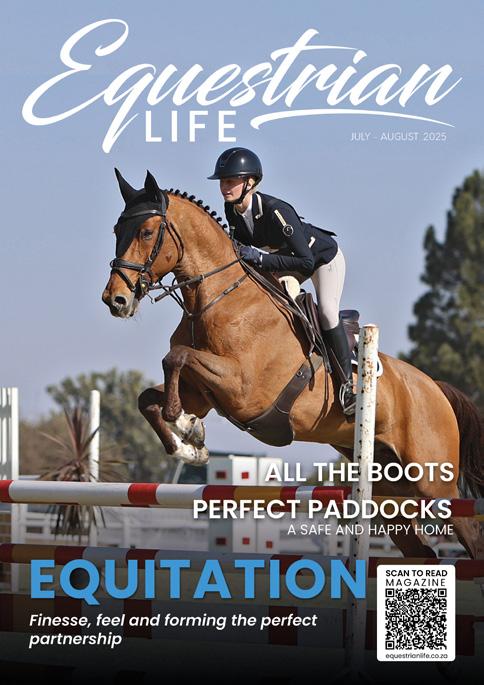
Summer is coming… we can only hope!
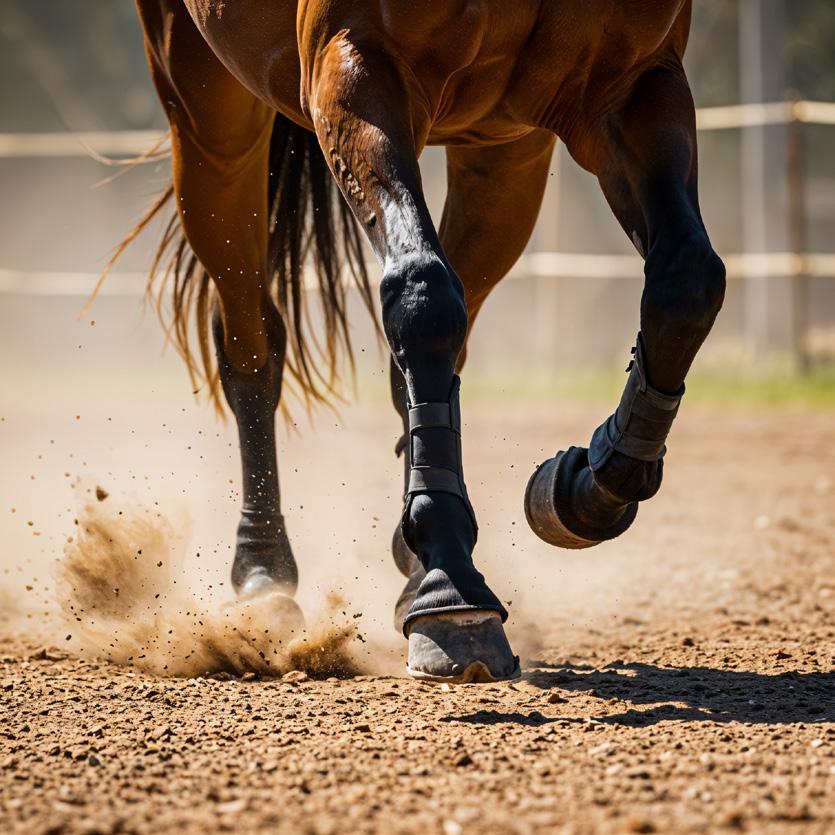
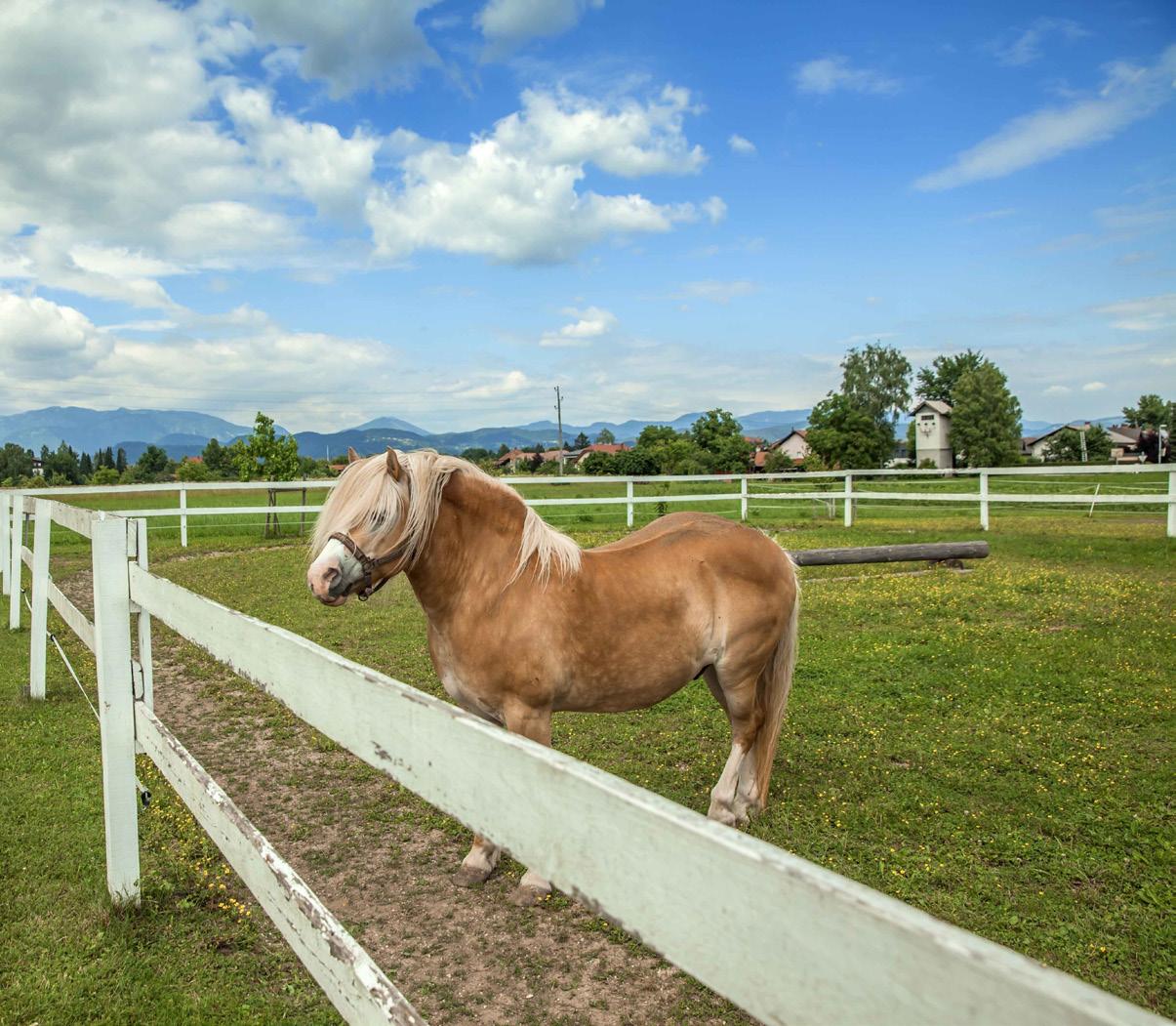
HBarnyard banter
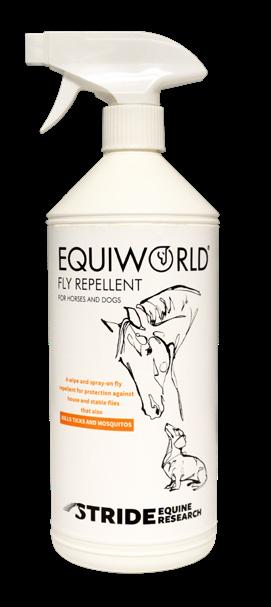
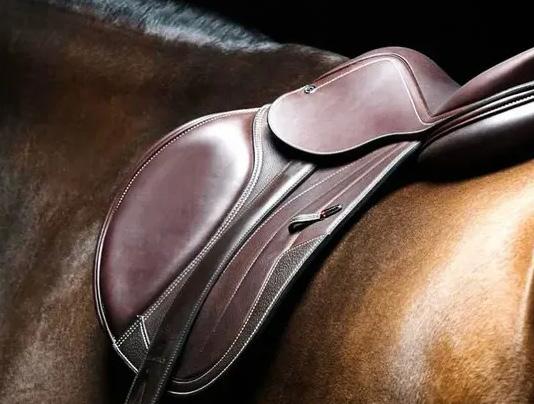

ow excited were we to see the first frost and say goodbye to the midges that carry AHS! There’s something about the crisp air that makes everything feel fresh and alive again — horses perk up in the paddocks, riders wrap up warmly, and the early morning hush reminds us why we love winter rides.
When I say “perk up” I do have to caveat that mine turns into a fire-breathing dragon and I have had to increase my life insurance. But I digress. It’s all sunshine and rainbows here.
In this issue, we explore the idea of creating harmony in every aspect of horse life. Our cover story on equitation celebrates finesse and true partnership, reminding us that good riding is not just about winning ribbons, but about subtle communication and balance. We also take a deep dive into the art (and science) of saddle fitting, a crucial topic that underpins comfort and performance, and we highlight the importance of the right boots to protect and support our horses in every stride.
Winter is also a time to take extra care — our guide on keeping horses warm offers practical ways to keep them cosy and thriving through the chilly months. And if you’ve ever dreamt of the perfect green paddock, we unpack what it really takes to create a safe and happy home. This includes a review of the new Equiworld Fly Repellent – because flies don’t just hang around in Summer!
We’ve also taken a closer look at showjumping mistakes straight from the judge’s box, explored inspiring community stories like Caravan Café’s journey on wheels, and included our favourite new gear picks to keep you motivated.
As we settle into the season, here’s to slow mornings, steamy mugs, and strong partnerships — with our horses and each other. Remember… heels down!
Enjoy every page and every ride.
Charlene Carroll
- Charlene Carroll charlene@equestrianlife.co.za
Why equitation is all about finesse, feel and forming the perfect partnership
By: Charlene Carroll
Equitation is a discipline that places the rider at the heart of the performance. While many equestrian sports focus on the ability of the horse, equitation is about how the rider influences and manages their horse, creating a picture of balance, effectiveness and quiet communication. It celebrates correct riding technique and sets the foundation for future success in other disciplines.
As Yvonne Bolton, who many view as the face of Equitation in South Africa
explains, “Equitation is about the rider’s skill and how they bring out the best in their horse. It’s less about the horse’s natural ability and more about the harmony and understanding between horse and rider.”
This focus on the rider makes equitation both a rewarding challenge and an essential stepping stone for those aiming to compete at higher levels.
The origins of equitation in South Africa
Equitation was introduced to South Africa in the 1970s by Mrs Charlotte Stubbs. Having spent time in America, she was inspired by the equitation classes she saw there, especially under the guidance of George Morris,
the renowned US Olympic coach. Her goal was to help improve local riding standards and to provide a system that would build technically correct and effective riders from the grassroots up.
“When Mrs Stubbs brought equitation to South Africa, it was about laying down a foundation of correct, classical riding. That vision remains at the heart of equitation today. It’s about building a strong base before specialising,” says Yvonne.
Since then, equitation has grown steadily, nurturing countless young riders and feeding into South Africa’s broader equestrian talent pool. Today, many of the country’s top show jumpers and eventers began their journeys
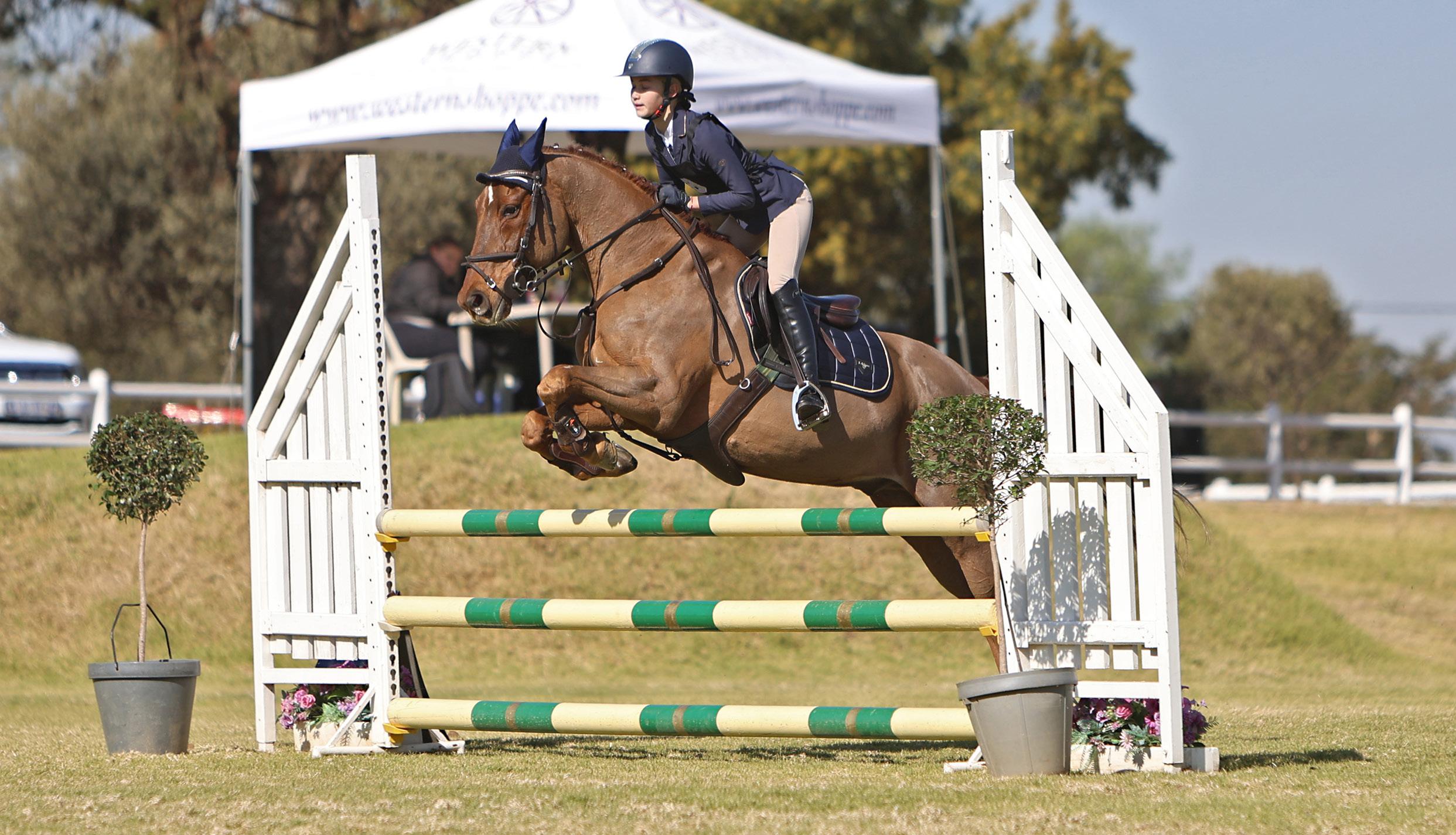
in equitation, highlighting the discipline’s vital role as a development tool.
The format and rules of competition
Equitation competitions are divided into multiple parts, designed to test a rider’s control, position, and overall effectiveness in both flatwork and jumping.
Part one focuses on flatwork and schooling. Riders are required to perform various flatwork movements and a small jumping exercise. The purpose here is to assess the rider’s seat, leg, and hand position, and more importantly, their influence over the horse. Judges look for correct aids, balance and the subtle application of skills that make riding look effortless.
Part two involves a straightforward showjumping round, usually consisting of six to eight fences. Unlike traditional showjumping, this round is not timed. Instead, it is judged on rhythm, accuracy, and the rider’s ability to present a smooth, harmonious round. The aim is to see how the rider can adjust to the course and manage the horse with finesse.
In higher-level competitions, such as Intermediate and Open classes, there is also a part three. Here, the top riders return to complete an additional test combining flatwork and jumping. In Open classes, riders also swap horses. This is a uniquely South African feature that truly tests a rider’s adaptability and skill, demonstrating that they can ride any horse effectively, not just their own familiar partner.
Part four, used at championships, pushes this even further. The top two riders each ride a new horse they have not ridden before during the event. This final phase is the
ultimate test of horsemanship and showcases the rider’s true ability to adapt and connect quickly with a new mount.
Judges in equitation are looking for a rider who can create a harmonious picture with their horse, showing clear influence and control without visible effort. On the flat, the ideal rider has a correct, classical position: a straight line from ear to shoulder to hip to heel, relaxed elbows, and hands that maintain a soft, steady contact. Over fences, the rider should stay balanced, maintaining a flat back, heels down, and allowing the horse to jump freely by folding at the hips. The rider should never lean ahead of the horse’s jump or lose connection.
As riders progress through the levels, they are expected to demonstrate increasing precision. In Open classes, judges want to see the horse on the bit, correct bend, and an overall impression of lightness and ease. Each part is scored out of 20, with deductions for errors such as knocked poles or refusals. The rider with the highest overall score wins, but the journey of improvement and feedback is at the heart of equitation.
Turnout and preparation tips
In equitation, first impressions count. Riders should present themselves smartly and traditionally: a black, navy or tweed jacket, white or pale shirt with a tie or American-style (polo-style show shirt) shirt, beige, stone or white jodhpurs, and wellpolished black or brown boots. Hair should be neatly secured, gloves are preferable, and spurs must be the correct length if worn.
Horses should be clean, neatly plaited, with tack in perfect condition and properly fitted. A smart, well-turned-out rider and horse combination suggests respect and the judges, and can give a psychological boost to the competitor.
Practical tips include arriving early, knowing your test thoroughly (even if it is called), and taking time to plan your ride carefully. The test should flow smoothly, with a clear progression from the flatwork to the jumping. Riders are encouraged to walk the course as they plan to ride it and to consider how best to present each movement to the judges.
The Philip Smith Memorial Equitation Championship
Among the many highlights of the South African equitation calendar, the Philip Smith Memorial Equitation Championship stands out as a prestigious event that every young rider dreams of attending.
Named in honour of Philip Smith, a brilliant rider and stylist (ridden) who represented South Africa on many occasions, this championship is a tribute to his passion for equitation and his belief in the importance of technically correct riding. The competition invites the top four finalists from the National Junior Individual Equitation Championship to take part. On the first day, riders perform a flatwork test on their own horse and then on each of the other three horses, testing their ability to adapt and influence different horses. On the second day, they complete a jumping phase, starting with a gymnastic exercise ridden with one hand and no stirrups, followed by a challenging course of nine fences set at 1.15m to 1.20m.
This format places significant emphasis on the rider’s skill rather than the horse’s talent.

Riders must demonstrate fluency, composure, and the ability to produce correct schooling movements even on unfamiliar horses. The event has seen remarkable winners over the years, including Jonathan Clarke, Andrea Harrison, Lexi Stais and Kelly O’Connor.
The growth of equitation in South Africa
Since its introduction, equitation in South Africa has developed into a thriving community and a respected discipline in its own right. It has become a foundation for riders who go on to succeed in showjumping, eventing, and other competitive arenas.
Yvonne adds, “Equitation has an incredible way of shaping not just talented riders, but thoughtful horsepeople. It teaches patience, feel and responsibility, qualities that stay with you for life.”
Equitation is offered across all age groups and levels, from welcome classes for beginners to challenging Open classes that demand the highest level of precision and skill. The system is designed to encourage progression, with structured levels and the possibility of earning grading points to move up. Riders are not locked into one level and are encouraged to push themselves as they and their horses develop.
Importantly, equitation in South Africa continues to evolve. The inclusion of horse swaps in Open classes is a unique and defining feature that ensures riders are truly tested on their own merits. According to Yvonne Bolton, “Swapping horses in our top classes pushes riders to prove they can ride anything that comes their way. It’s a test of true horsemanship and mental toughness.”
The discipline has also become more inclusive, welcoming adult riders and encouraging participation at grassroots level through initiatives like the Little League and special entry-level tests. The goal is to make correct riding accessible to everyone and to foster a new generation of skilled, thoughtful horsemen and women.
Why everyone should give it a try Equitation offers riders the chance to build a strong foundation, improve their riding skills, and deepen their partnership with their horse. Every competition is like a practical lesson, with judges providing detailed feedback that helps riders understand where they can improve.

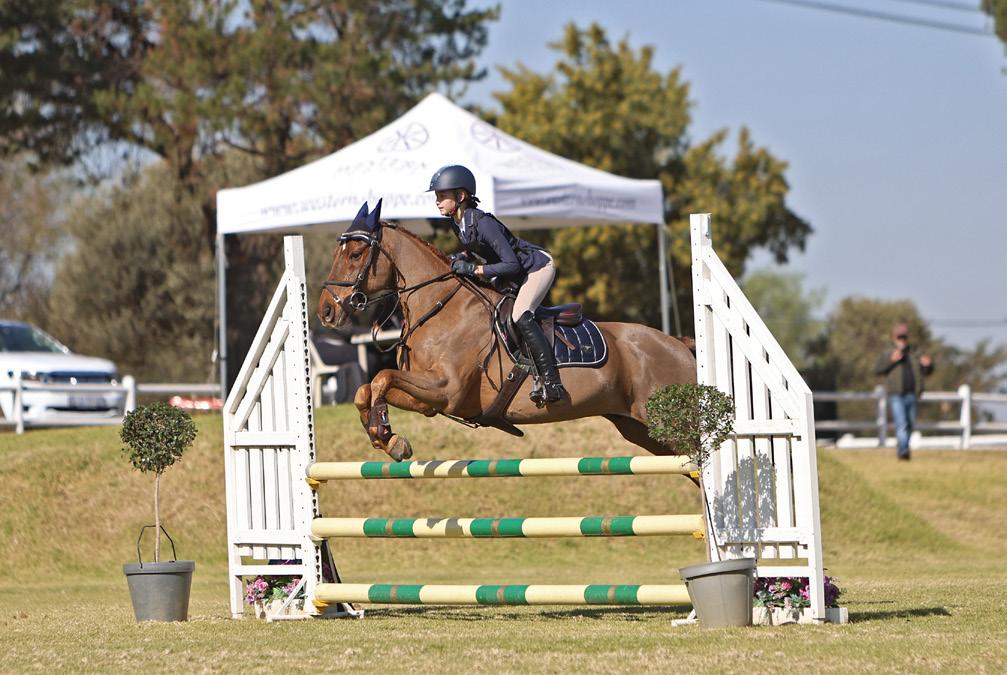
It is an approachable and rewarding way to measure progress, identify weaknesses, and develop the poise and discipline that define a true horseperson. The skills learned in equitation translate into all other disciplines, making it an invaluable part of any rider’s journey.
As Yvonne Bolton beautifully sums it up, “Equitation gives you the tools to become a complete rider. It teaches you to listen, to adapt, and to truly connect with your horse. That’s something every rider should experience.”

If you’re inspired to explore the world of equitation, visit the South African Equitation Association at www.equitationsa. co.za and take the first step towards mastering the art of riding in harmony.
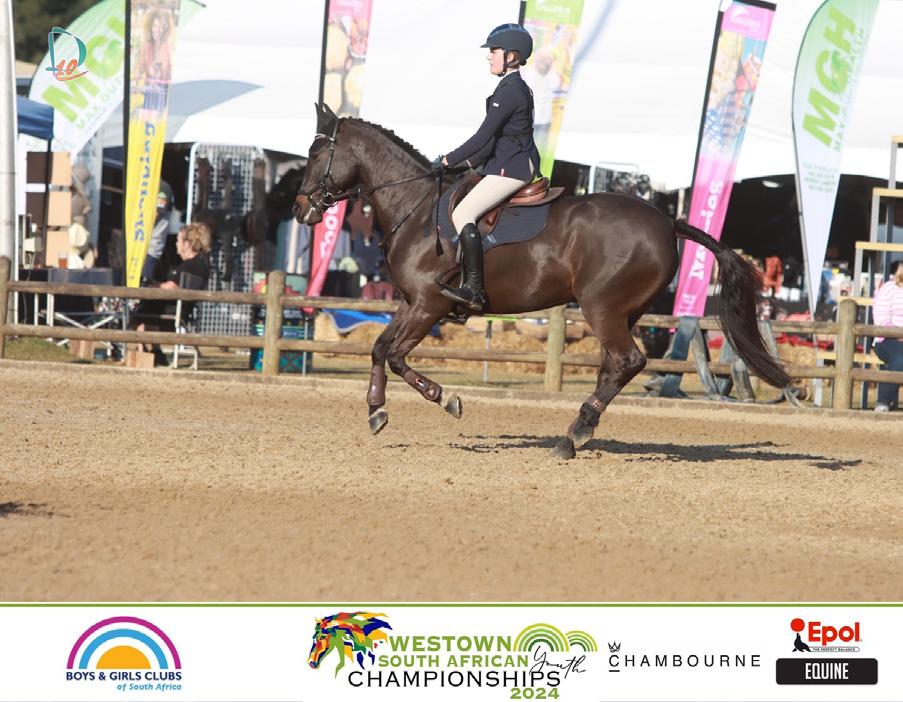
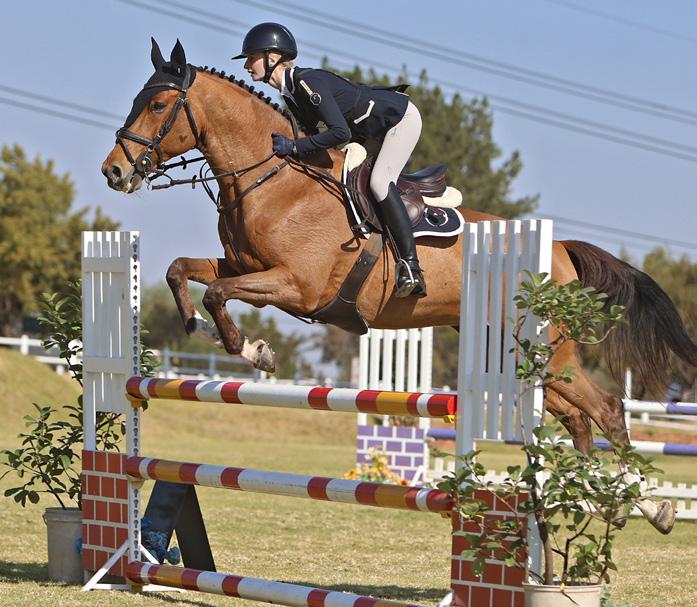
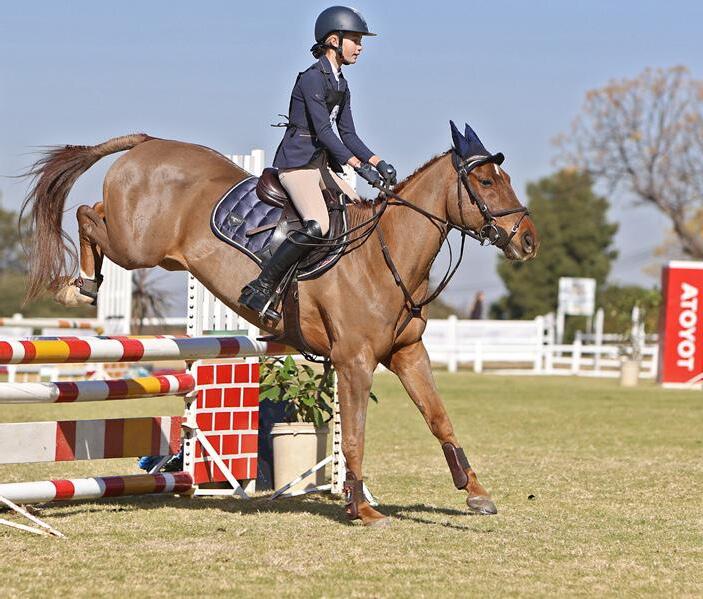
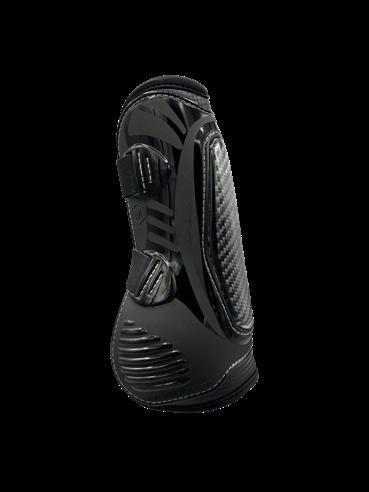
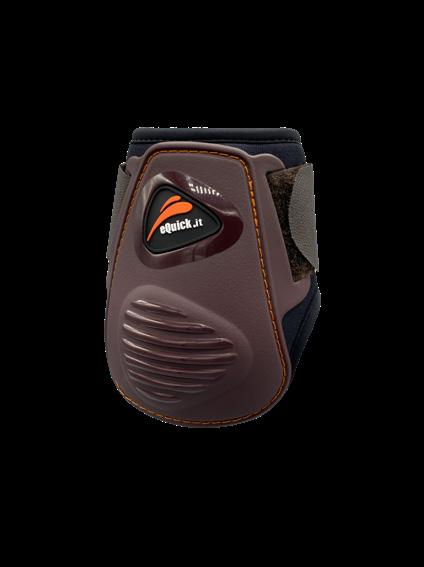
Tendon boots
These are the go-to for showjumpers. Tendon boots protect the horse’s front legs from brushing injuries, particularly when the hind hoof strikes the foreleg over a fence. They usually have a hard outer shell and soft lining for shock absorption and comfort.
Paired with tendon boots, fetlock boots are worn on the hind legs to protect against brushing injuries. They are smaller and often open-fronted to encourage careful jumping technique.

These small, lightweight wraps protect the delicate pastern area from knocks and scrapes. They’re a favourite for horses with close movement behind or those prone to small cuts and abrasions.
Also known as bell boots, these wrap around the hoof and pastern to stop the horse from striking into the heel or pulling off a front shoe. Essential for horses prone to overreaching, especially when jumping or working on deeper footing.

Boots aren’t just a fashion accessory important layer of protection against brushing, or strain during work. the tendons, prevents interference confidence for both
When picking a boot, think about workload, and the terrain. Some others need simple strike protection. fit snugly without rubbing or restricting them after every use to
Popular for schooling and hacking, brushing boots (or splint boots) guard the inside of the leg against knocks from the opposite leg or hoof. Made from neoprene or synthetic materials, they’re easy to wash and versatile across disciplines.

Just like bits, correct fit is critical. cause pressure points and tendon might slip and do more harm contours to the leg, fastenings and always watch for heat
By: Charlene
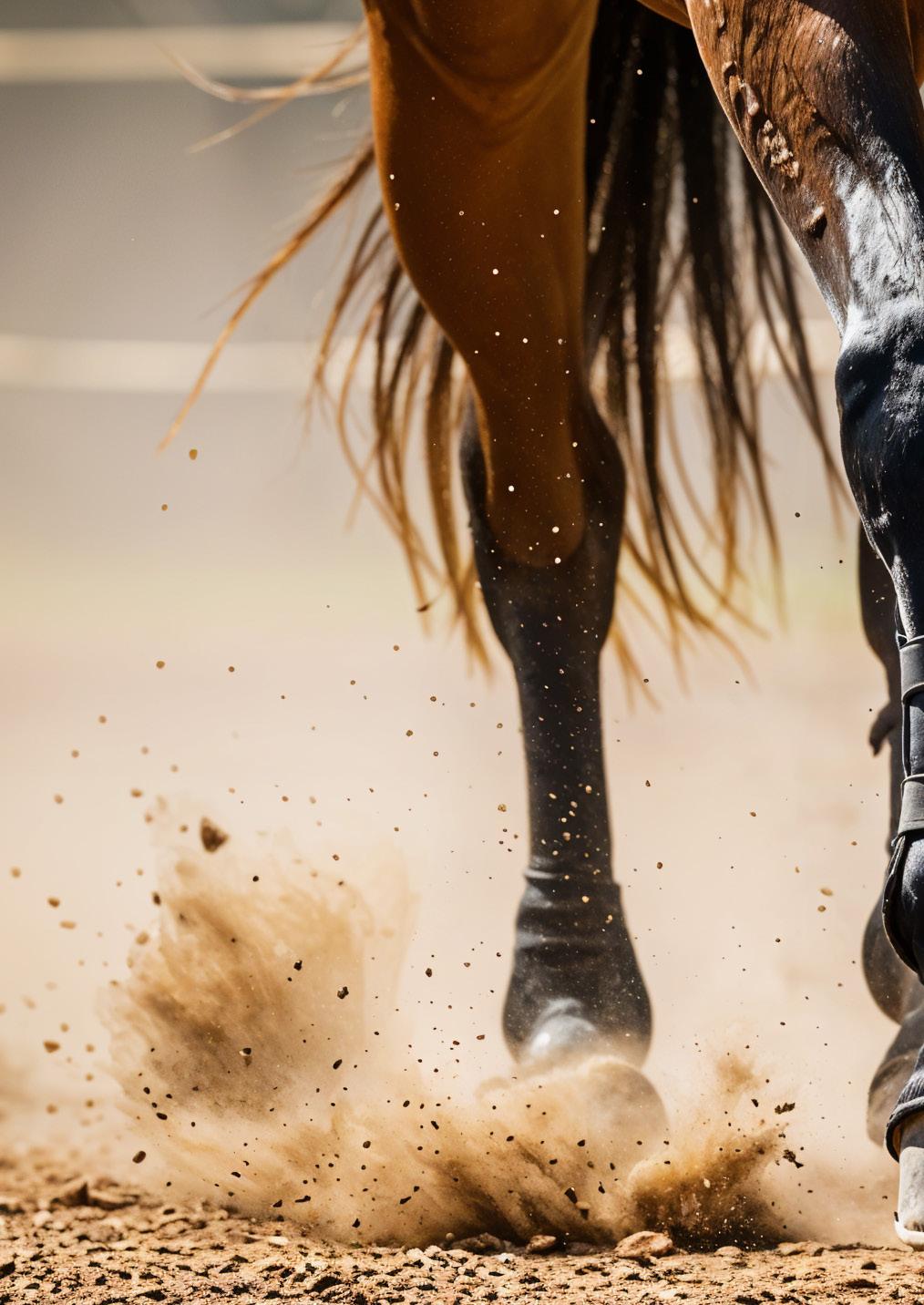
accessory for your horse. They’re an against knocks, overreaching, work. A well-chosen boot supports interference injuries, and can boost both horse and rider.
about your horse’s conformation, Some horses need extra support; protection. Always check that boots restricting movement, and clean to avoid skin irritation.
critical. A boot that’s too tight can tendon strain, while a loose boot harm than good. Ensure the boot are secure but not restrictive, heat or swelling after a ride.
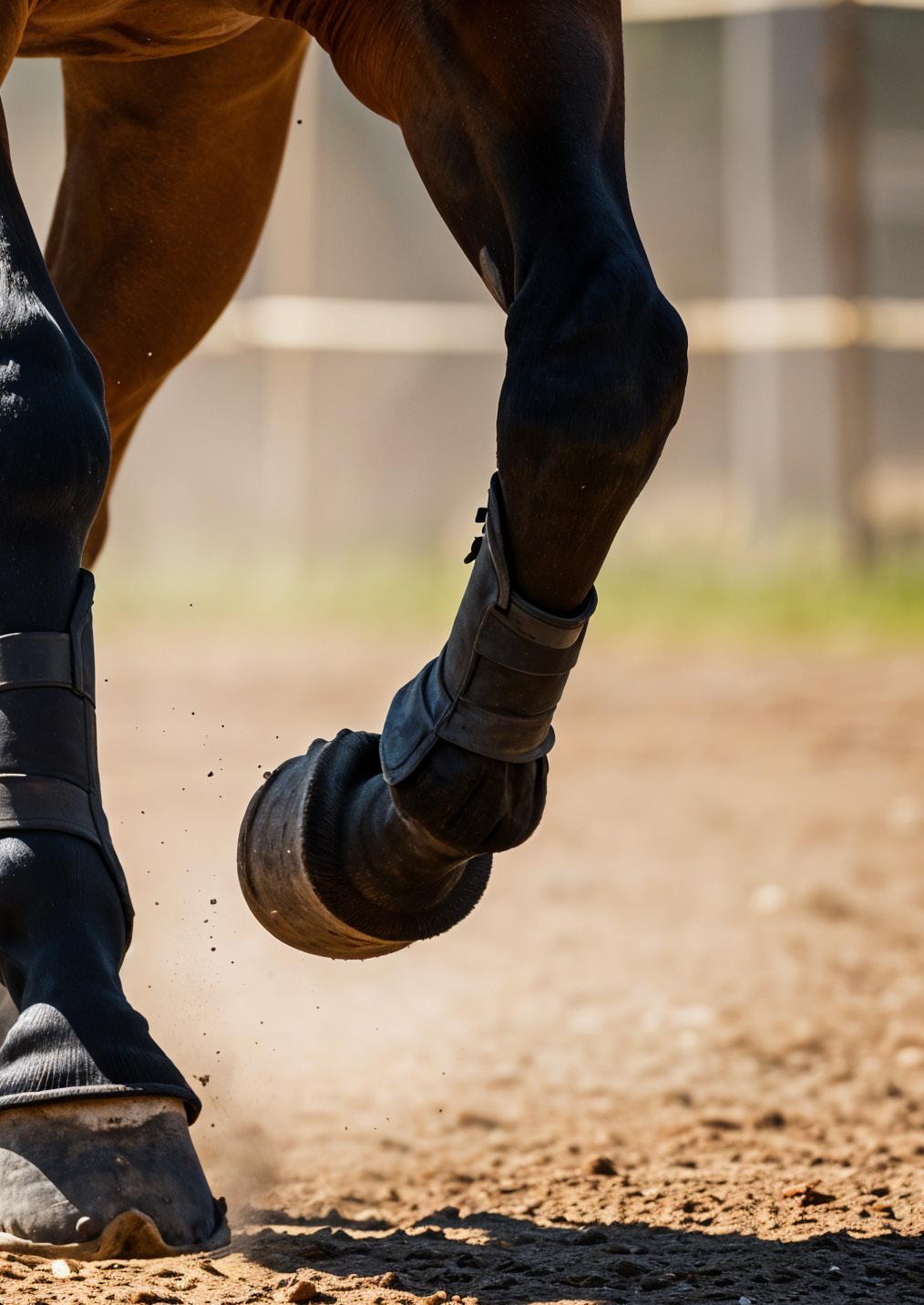
Magnetic or therapeutic boots aren’t used during work but play a key role in stable management. Designed to support circulation, reduce swelling, and help with recovery, they’re popular with riders who want to keep their horses feeling their best after a hard session.
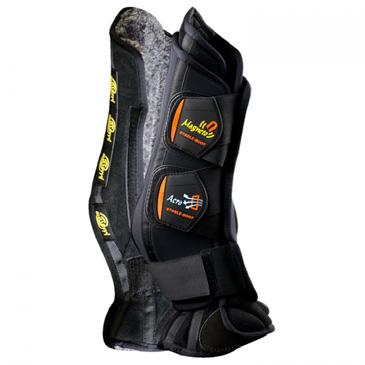
While not always used during riding, support boots (or standing wraps) are used in the stable or after exercise to support circulation, reduce swelling, and promote recovery.
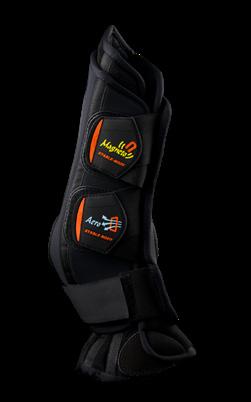
Also known locally as boxing boots or trucking boots, these are essential for safe travel. Travel boots are tall, padded boots that cover from just below the knee or hock all the way down over the hoof, protecting delicate legs from knocks and scrapes in the horsebox or trailer.


Traditional and still favoured by many, exercise bandages offer tailored support to the horse’s lower legs during flatwork. When applied correctly, they help protect against knocks and minor strains. However, they do require careful wrapping to avoid uneven pressure that could cause injury.
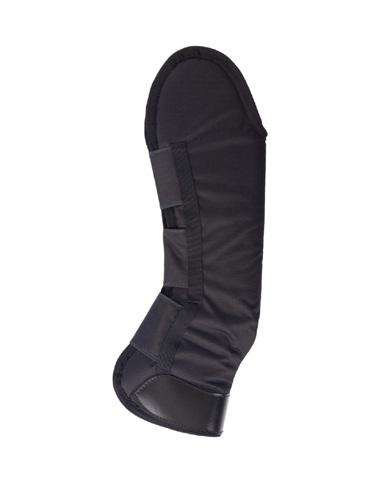
Designed for the rigours of eventing phases, these offer full tendon and cannon bone protection, often with reinforced strike plates and water-resistant materials. They provide maximum defence against solid fences and rough terrain.


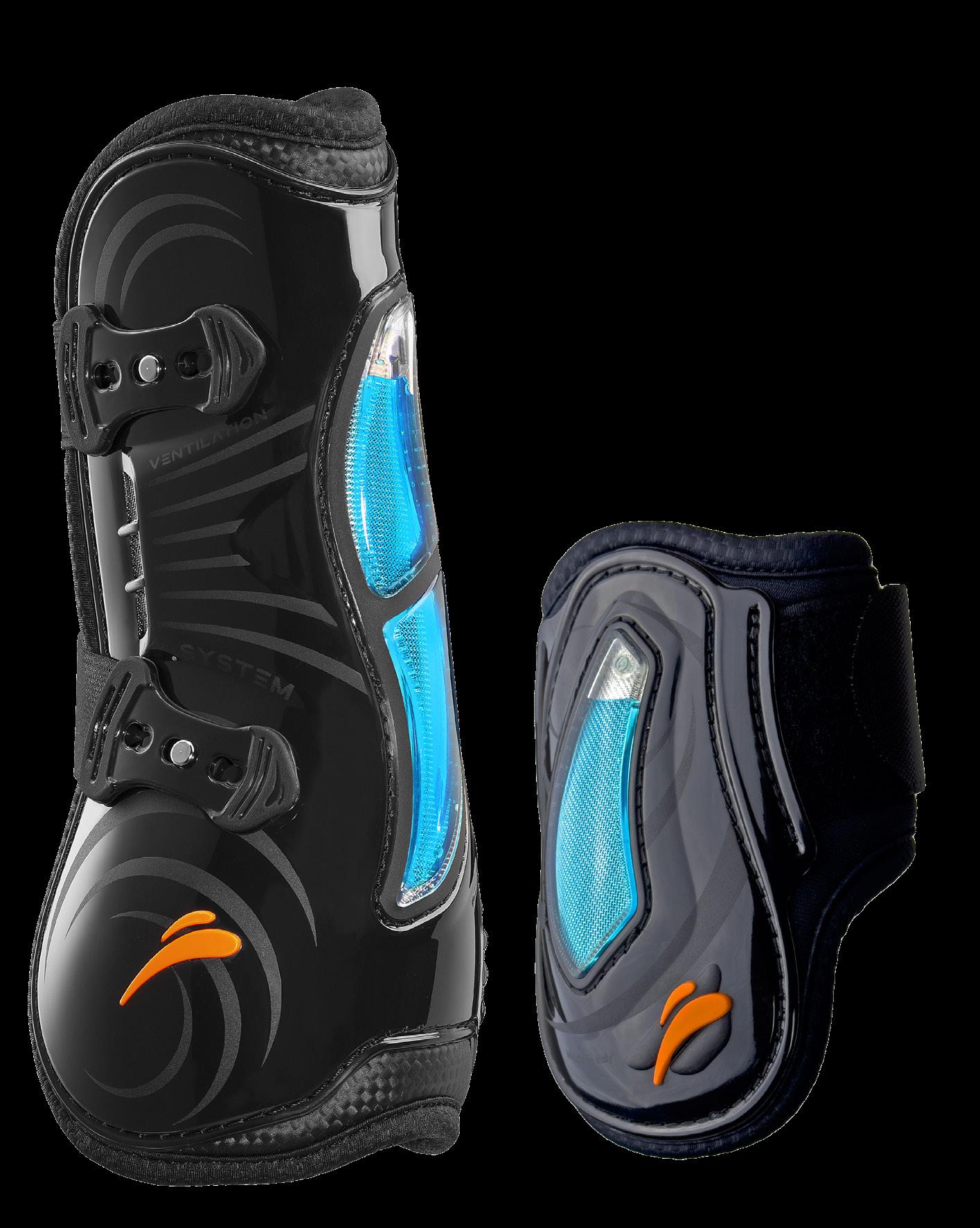
The advanced design of eQuick boots not only offers impeccable protection but also supports the horse’s natural movement during jumps, contributing to improved performance.
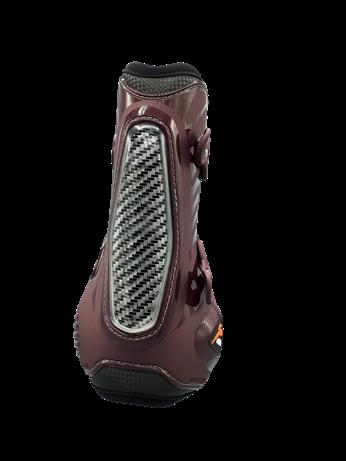



By: Charlene Carroll
Ask any horse owner about their biggest challenge, and flies are sure to be near the top of the list. From stable flies and house flies to midges and mosquitoes, these persistent pests do more than irritate, they can cause stress, weight loss, and even skin reactions in horses and dogs.
Stride Equine Research’s
Equiworld Fly Repellent for Horses and Dogs has stepped up as a powerful, practical solution that goes beyond simply shooing insects away.
More than deter
Unlike most fly sprays that merely deter, Equiworld Fly Repellent for Horses and Dogs actively deters and kills. This dual-action approach means you’re not just sending the problem elsewhere; you’re stopping it at the source. The formula is effective against house flies, stable flies, ticks, and mosquitoes. A rare combination that makes it particularly valuable in our climate, where insect populations thrive almost year-round.
What sets Equiworld apart is its thoughtful composition. The repellent contains natural plant oils and lanolin, which help it adhere to the horse’s skin for longer periods. Alcohol-based sprays often evaporate quickly, leaving horses unprotected within hours, but Equiworld’s formulation stays put, even during sweaty rides or damp weather.
It’s also oxpecker compatible, a thoughtful nod to nature and an extra tick for those who care about supporting local ecosystems.
The practical answer
Practicality is at the core of this product. Available in 1-litre, 5-litre, and even 20-litre sizes, it caters to individual horse owners as well as busy yards and large stables. Whether applied with a trigger spray, a sponge, or as a wipe-on, it’s easy to use and well tolerated by horses and dogs alike.
The directions advise brushing off excess dirt before application and paying special attention to sensitive areas such as the shoulders, neck, and head. Horses ridden or worked immediately after treatment benefit from all-over protection, making it ideal for active yards.
Notably, because flies are more than just a nuisance; they can be vectors for serious diseases and cause allergic reactions. Equiworld offers owners peace of mind, knowing their horses are protected not just from irritation but from potential health threats. The inclusion of ticks and mosquitoes in its kill list broadens its protective scope significantly, especially for those living in areas where these pests are prevalent.
Beyond effectiveness, Equiworld’s environmental awareness shines through. Importantly, it is also registered under Act 36 of 1947, which certifies that it meets strict safety and efficacy standards and confirming that it delivers on its promises with regulatory backing.
The product is designed with an understanding of integrated pest management, supporting both mechanical and cultural control strategies by reducing the

reliance on harsh chemicals alone. This holistic perspective reflects the growing desire among equestrians to combine performance with responsibility.
In a market crowded with fly sprays that overpromise and underdeliver, Equiworld Fly Repellent for Horses and Dogs stands out for its comprehensive protection, longlasting formula, and commitment to both animal welfare and environmental harmony. It is a reliable companion for the months when flies are at their most aggressive and a worthwhile investment for anyone serious about safeguarding their animals’ comfort and wellbeing all year round.
With Equiworld Fly Repellent for Horses and Dogs, you’re not just fighting flies; you’re winning the battle for a calmer, healthier, and happier horse. E

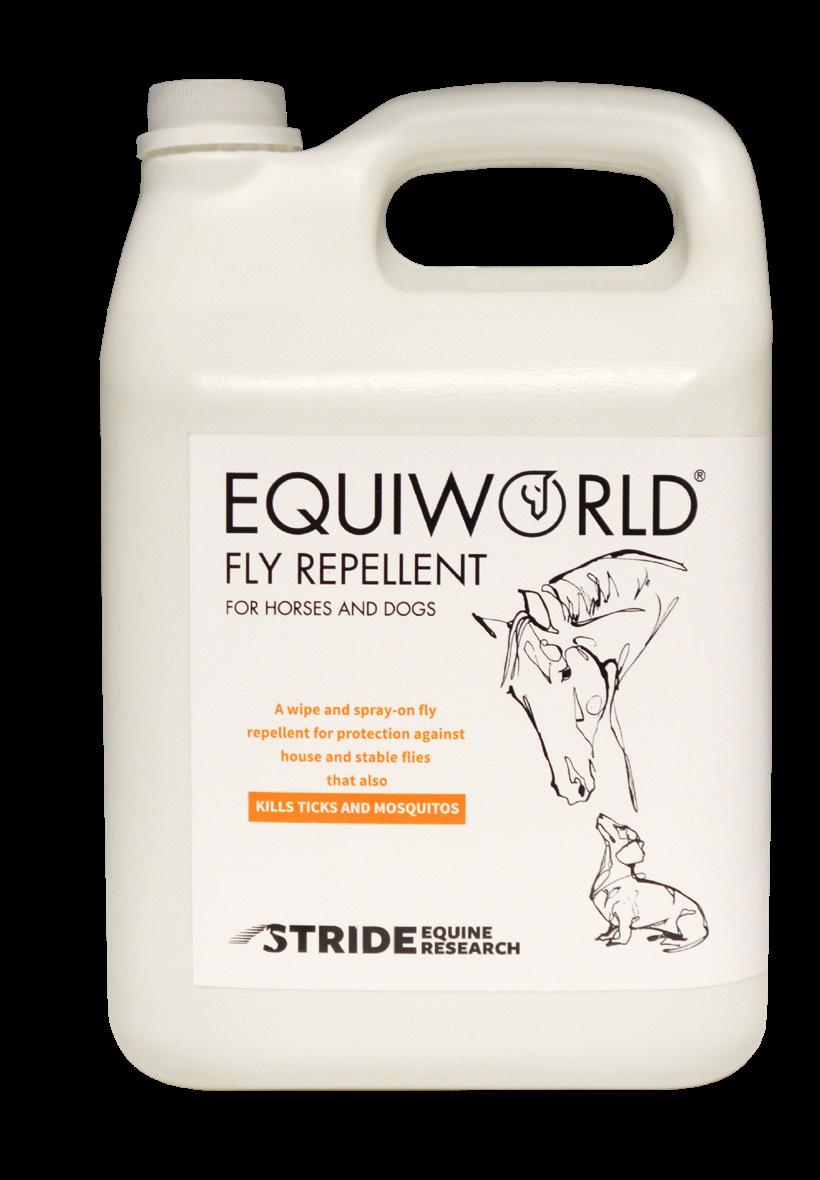

From missed bells to tack troubles, Equestrian Life catches up with an FEI judge on the most common mistakes that catch you out in the showjumping ring, and how to avoid them to stay penalty-free.
By: Charlene Carroll
Whether you’re riding your first clear round or chasing the clock in a jump-off, the showjumping ring has an uncanny ability to expose gaps in your preparation. For riders, a single mistake can mean costly penalties or even elimination. Showjumping may look straightforward from the sidelines: clear the fences, keep the poles up, and stay inside the time allowed. But in reality, success depends on a much deeper understanding of the rules, meticulous attention to detail, and thorough preparation.
For FEI Level 3 judge Judith Bowyer, who has spent countless hours watching rounds unfold across South Africa, certain errors appear time and again, often from riders who might not even realise they’re breaking the rules. As she points out, “Know your rules! We regularly get riders saying ‘Oh, I didn’t know that was a rule’ and by then it’s too late.”
When small details cost big
Perhaps one of the most frequent (and frustrating) mistakes is failing to wait for the start bell. Eager to get going, some riders cross the start line before the judge has signalled, leading to immediate elimination. Others fail to respect the bell during the round, for example, stopping and knocking a fence, the bell will be rung for the rebuild, and then another for the rider to continue with their round.
Another common pitfall is taking more than 45 seconds to cross the start line after the bell. While it sounds like ample time, in the heat of competition, especially when nerves are high, riders can easily lose track. Equally costly is jumping the wrong course or omitting a fence entirely. These seemingly simple errors usually stem from a lack of course familiarity and can turn an otherwise excellent round into a disappointment.
The importance of knowing your track
Judith emphasises how crucial it is for riders to study the course
plan thoroughly. It’s not just about memorising jump numbers but understanding the track’s flow, the time allowed, and the optimum lines. Riders must know precisely where the start and finish lines are and consider the most efficient ways to cross them. “Many riders ride wide tracks or take unnecessary detours,” Judith explains. “This wastes precious seconds and often results in time penalties, even if they jump everything cleanly.”

Knowing the time allowed is particularly vital. Riders sometimes misjudge the speed they need for the height and technicality of the course. Riding too slowly or taking excessive wide turns can rack up costly time faults. Riders must balance rhythm, accuracy, and efficiency, a skill honed only through practice and experience.
and equipment, the unseen danger
One of the less visible but critical areas that can catch riders out is tack and equipment compliance. Before or after a round, a rider may be called over to the steward
for checks on boots, spurs, bits, and bridles. Incorrect or illegal tack can lead to warnings or even elimination. For example, standing martingales are prohibited in most categories except for Children on Horses. Pony riders face additional restrictions on spurs and bits. Judith notes that homemade bridle add-ons or “creative” solutions often fall foul of regulations.
The FEI Tack App is a valuable resource for riders and trainers alike. It offers a comprehensive guide to what is and isn’t allowed, something many competitors overlook until a steward flags an issue. Judith strongly encourages riders to consult the app before a show to avoid last-minute surprises.
Horse welfare at the heart Stewards play a vital role in safeguarding horse welfare, particularly in the warm-up arena. Riders, guided by their trainers, must ensure their warmup routines are within the rules and in the horse’s best interest. Stewards intervene if they observe practices that compromise welfare, such as excessive or incorrect use of the whip or spurs, or dangerous warm-up jumps, like building fences that are not permitted or approaching them from incorrect directions.
Blood on the horse or visible marks from spurs or whips is another red flag that triggers immediate intervention. It’s a stark reminder that good horsemanship extends far beyond the ring and into every aspect of preparation.
While novice riders are more often caught out by basic rules and course errors, Judith observes that even seasoned competitors can slip up. Coaches bear a significant responsibility to ensure their riders understand the rules thoroughly, regardless of experience level. “It’s not just about teaching them to jump,” she says. “They need to know what they can and can’t do in the ring and the warm-up, and how to handle unexpected situations.”
An example Judith highlights is when a rider encounters a problem mid-round, such as a broken rein or equipment failure. The correct response is to raise a hand immediately, allowing the judge to stop the clock and assess the situation. Unfortunately, some riders try to resolve it themselves or only report it after the round. By which time it’s too late.
them
A recurring issue is riders underestimating how closely they must adhere to the specific type of class rules. For example, differences in A2 versus 2-Phase classes. Riders might adopt the wrong strategy or misunderstand where to accelerate or collect.
Preparation here isn’t just about physical fitness or jumping ability; it’s about mental readiness and a full grasp of the competition format.
Another trap is circling through the start after the bell has sounded, which will result in penalties. Riders have also been known to jump a practice fence after finishing their round, which is strictly forbidden.
Judith recalls instances where riders, in the heat of the moment, jumped an extra fence after crossing the finish or missed a jump entirely. Others have performed unnecessary circles, either out of habit or confusion, not realising each circle could incur a penalty. Such errors serve as reminders that strong flatwork and a cool head are as essential as bold jumping.
Building a foundation of knowledge
Ultimately, avoiding these common mistakes comes down to preparation and education. Familiarity with the rules, correct tack, course memorisation, and horse welfare protocols should be ingrained long before entering the warm-up ring. Riders who consistently check and refresh their knowledge, and who work closely with informed coaches, place themselves in a far stronger position to stay penalty-free and perform at their best.
Judith’s parting advice is simple but powerful: “Know your rules.” It’s a mantra that applies not only to avoiding penalties but to building a safer, more professional, and ultimately more successful showjumping career.


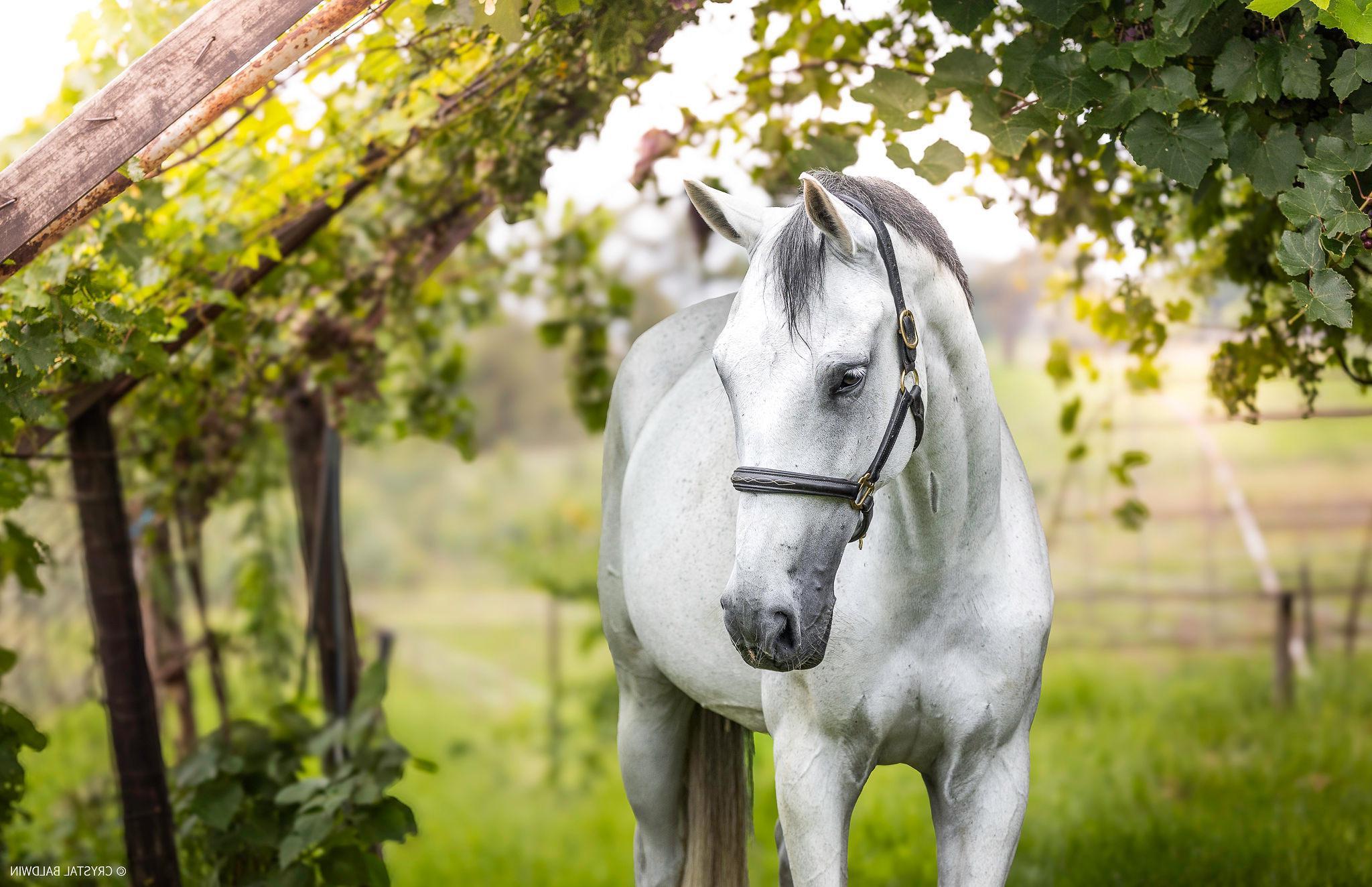


Practical ways to help your horse stay comfortable, healthy and happy through the coldest months, from smart feeding and sheltering to rugging and hydration tips.
By: Charlene Carroll
Winter can be tough on our equine friends. Cold, icy, wet weather and biting winds can leave horses feeling stiff, uncomfortable and even at risk of losing condition. But with a few thoughtful adjustments, you can help your horse stay warm, content and thriving right through the chilly months.
Horses are incredibly good at regulating their own temperature, thanks to their thick winter coats and efficient metabolism. Allowing your horse to grow a full coat and avoid over-blanketing can often be the best starting point. Providing plenty of roughage, like hay, is also crucial. The digestive process generates internal heat, keeping them toasty from the inside out.
A well-designed shelter or stable that protects against wind and rain is essential. Even if your horse lives out, a simple field shelter can make a huge difference. Make sure bedding stays dry and plentiful; deep beds allow horses to lie down and conserve body heat.
If your horse is clipped, elderly or struggles to maintain weight, blanketing becomes important. Choose a rug that suits your horse’s needs and the weather
conditions. Check under rugs daily for rubs, dampness or shifting, and remove them regularly to groom and assess your horse’s condition.
For those provinces with wet winters, muddy fields and cold damp can cause problems like mud fever. Keeping legs clean and dry where possible helps avoid skin infections. Some owners use barrier creams to protect vulnerable skin, while regular inspections help catch issues early.
Cold weather often leads to reduced water intake, increasing the risk of impaction colic. Offer slightly warmed water to en courage drink ing, and ensure buckets and troughs are checked and cleaned dai ly. Adding a handful of soaked beet pulp wetting feeds can also boost moisture intake.
Allowing your horse to move around helps maintain circulation and warmth. Turnout, even for a few hours, keeps joints mobile and spirits high. If turnout isn’t possible, hand-walking or gentle in-hand exercises can do wonders.
A warm, happy horse is only possible if the rider is comfortable enough to do the work. Dress in layers, keep your feet and hands warm, and take time to enjoy the peaceful beauty of winter with your horse.
A little extra care and thoughtful planning go a long way in winter. By focusing on warmth from the inside out, providing shelter, and supporting natural behaviours, you and your horse can enjoy the

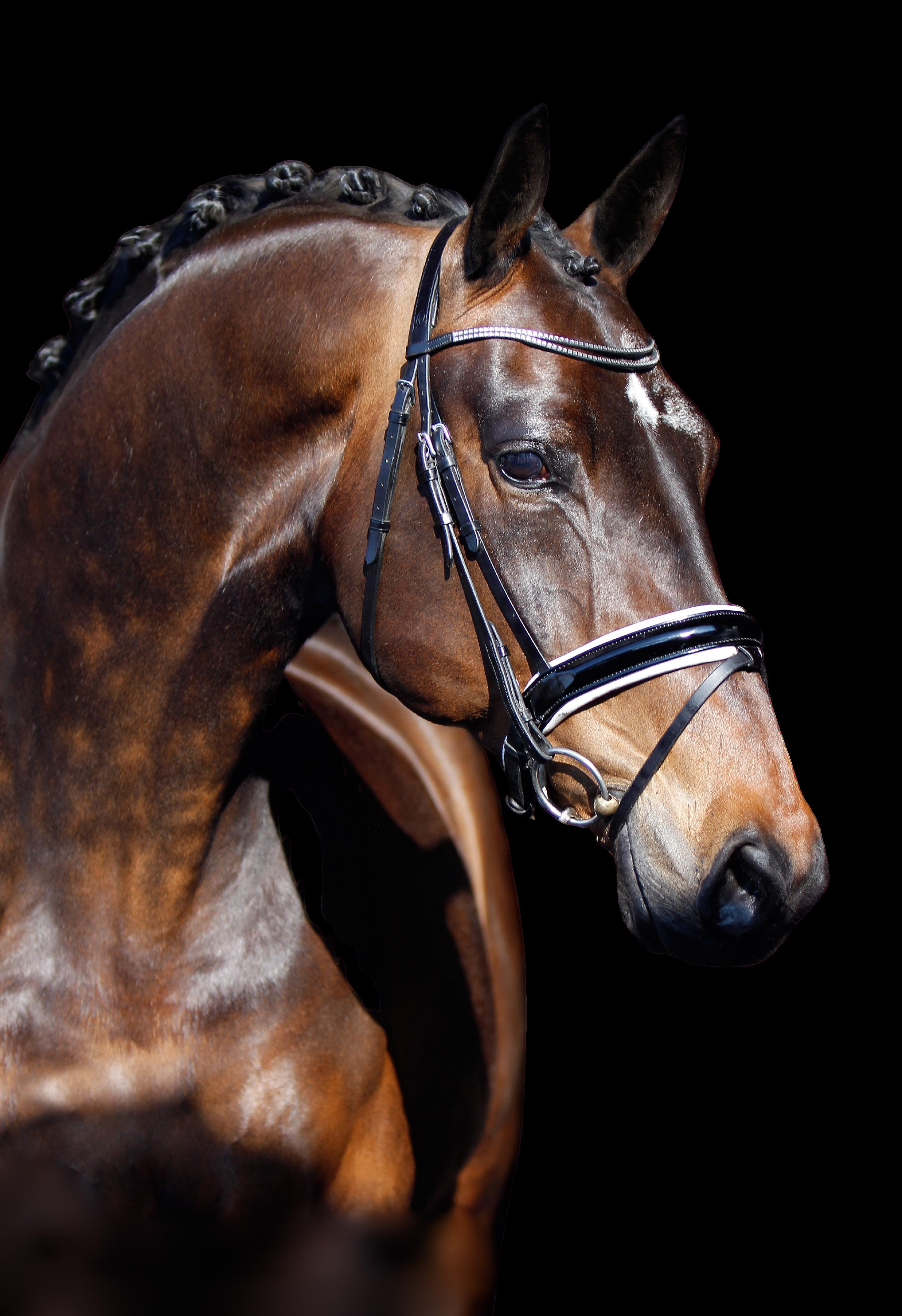

Including, but not limited to:
1. To whip or beat a horse excessively
Horse abuse in equestrian sports encompasses a range of harmful practices, from physical violence like whipping and spurring to neglect and inadequate care. The South African Equestrian Federation (SAEF) has rules and regulations in place to protect horse welfare, but incidents of abuse still occur, often due to pressure to win or a lack of understanding about proper training methods.
Horse Welfare is the foundation stone of the SAEF, and the collective responsibility of everyone involved in equestrian sport. Just like humans, horses have a right to be safe and treated with respect, and the SAEF is committed to ensuring that these principles are upheld at all times. This is why we encourage everyone to speak up and report any suspicion of horse abuse.
No person may abuse a horse during an event or at any other time. “abuse” means an action or omission which causes or is likely to cause pain or unnecessary discomfort to a horse.
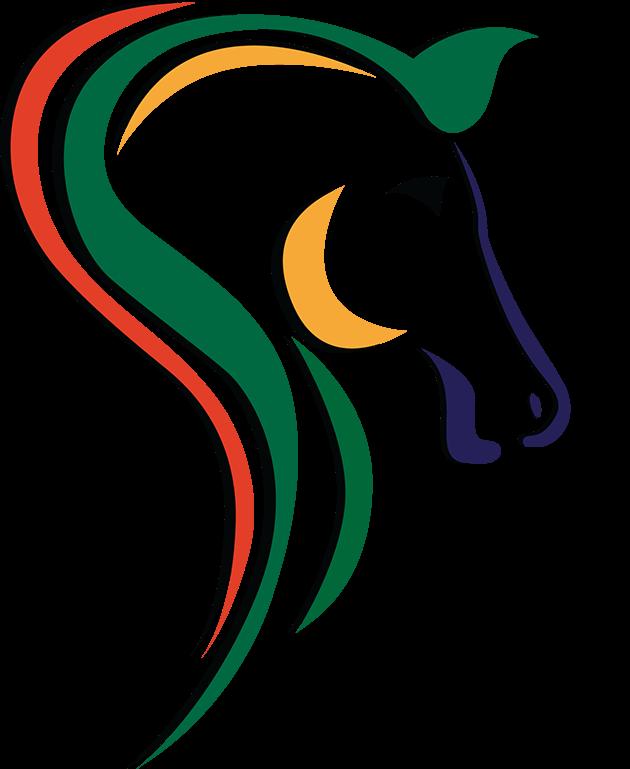
2. To subject a horse to any kind of electric shock devices
3. To use spurs excessively or persistently
4. To jab the horse in the mouth with the bit or any other device
5. To compete using an exhausted, lame or injured horse
6. To rap a horse
7. To abnormally sensitise or desensitise any part of a horse
8. To leave a horse without adequate food, drink or exercise
9. To use any device or equipment that causes excessive pain to a horse upon knocking an obstacle
10. Any other infringement as described and identified by the SAEF, FEI, or other international federation
11. Only designated areas supervised by a steward may be used for schooling, warm-up and training of horses at advertised times
An SAEF member found guilty of Horse Abuse can receive a suspension of three months to life, with a fine of up to R150,000.00. Anyone who witnesses abuse should report it straight away. If it occurs during an event or is connected to one, please inform an official at the event.

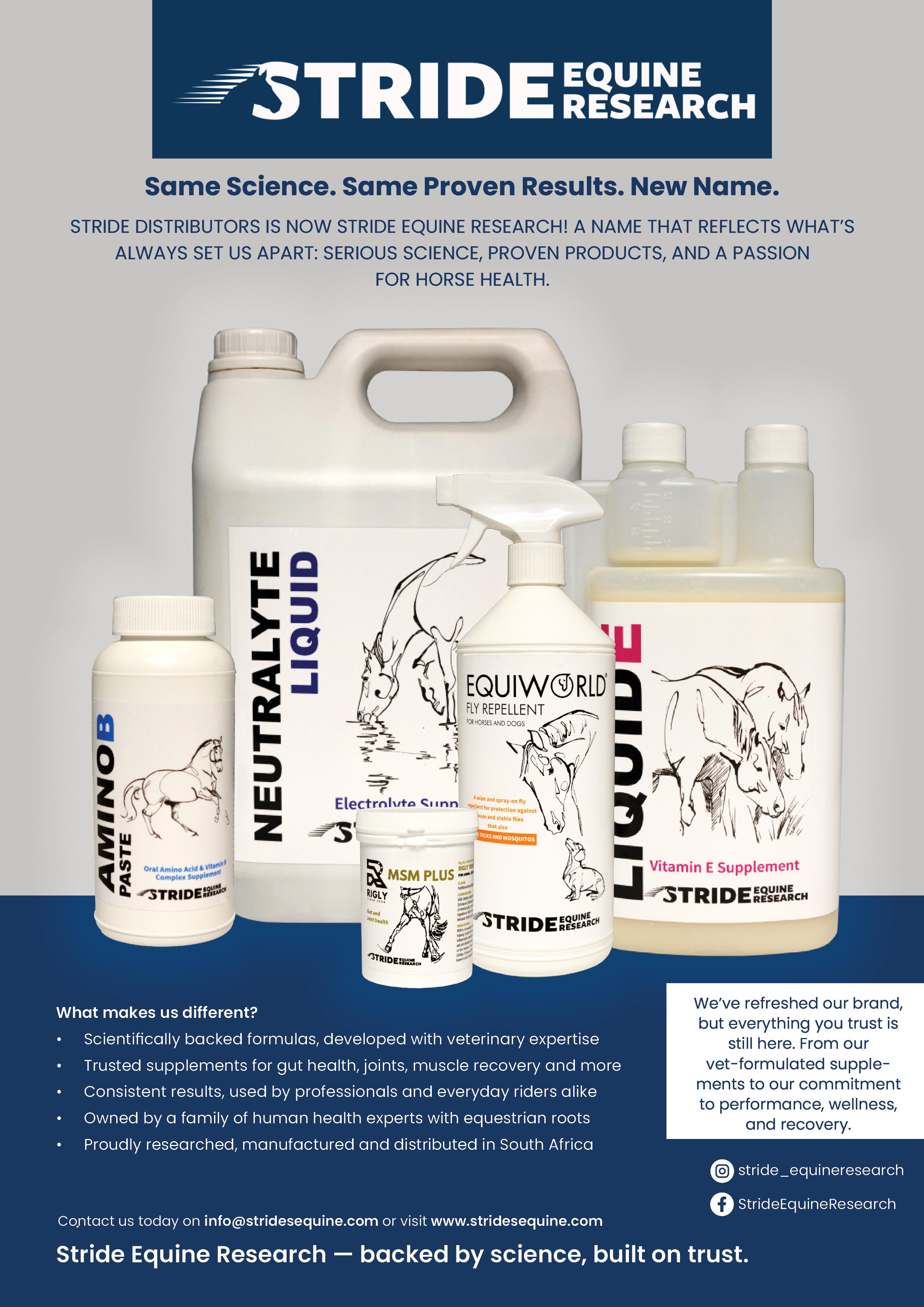
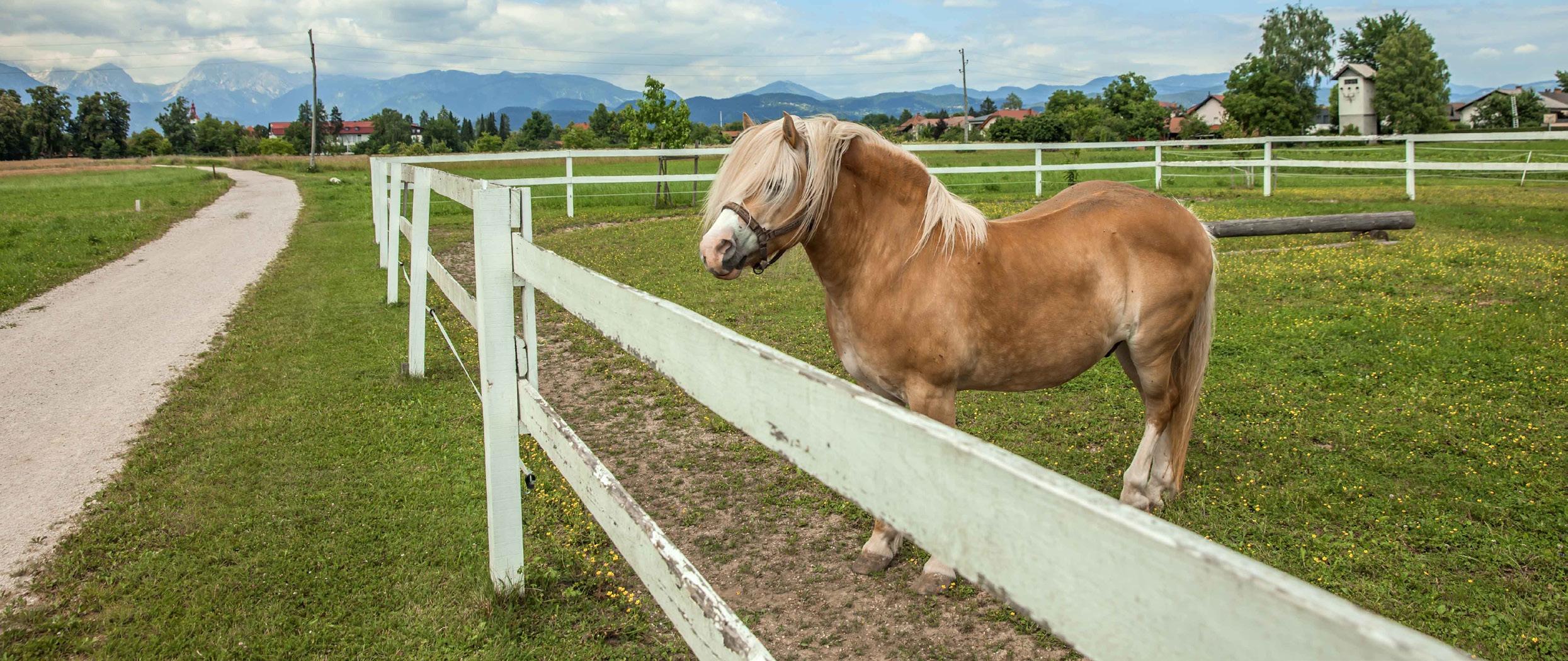
By: Charlene Carroll
A lush paddock is every horse owner’s dream. A serene, green haven where horses can graze, play, and relax under the sun. But behind that idyllic image lies a fair amount of planning, maintenance and knowledge.
In South Africa, where our climate, plants and soil conditions vary so much from province to province, creating the perfect paddock means going beyond just a pretty field. It’s about understanding what horses truly need and ensuring their environment supports their health and wellbeing.
Drawing on resources from the South African Pony Club’s Perfect Paddock Achievement Badge training guides (with permission), here’s a step-by-step guide to designing and maintaining the ideal paddock for your horse.
Start with a thorough check
Before turning your horse out into a new paddock, walk the entire space carefully. Look for hidden dangers like broken glass, sharp metal, old nails, and stray rubbish. Even small holes can pose serious risks, potentially leading to twisted ankles or even broken legs. Fill any holes firmly with soil, being cautious of wildlife burrows, and
remove splintered wood or barbed wire that could cause injuries. In South Africa, where some regions experience sudden storms or high winds, fences can break or branches can fall, creating unexpected hazards. Regular inspections are vital, especially after heavy weather. Remember to keep an eye out for discarded plastic, broken bottles and other debris that could easily blow into paddocks from nearby roads or neighbouring plots.
Once you’ve removed obvious dangers, get stuck into a thorough clean-up. Collect rubbish using gloves and a wheelbarrow, and pick up droppings, regular manure removal not only keeps the area pleasant but also helps control parasites and flies. Remove weeds that compete with good grazing grasses and may be unpalatable or harmful to horses.
This cleaning is not a once-off task. Horses should be checked daily for injuries or signs of illhealth, and paddocks should be monitored regularly to catch new hazards early.
South African horse owners have a wide range of fencing options, but not all are ideal. Barbed wire, still used on many farms, is particularly dangerous, horses can easily tear skin or get tangled, resulting in severe injuries. Wooden fencing offers a safer, more traditional choice, but it requires frequent checks for splinters, rot and loose nails.
Plastic or vinyl fencing has become popular as it’s durable, requires little maintenance, and is highly visible to horses. Electric fencing can work if properly set up, but it’s important to ensure that horses cannot get tangled. A combination of wooden fencing with a single electric strand along the top often works well.
The height and security of the fence are critical: it needs to be high enough to discourage jumping, and low enough to prevent horses from ducking underneath. Gates should be wide enough to comfortably lead a horse through, and easy to open and close with one hand.
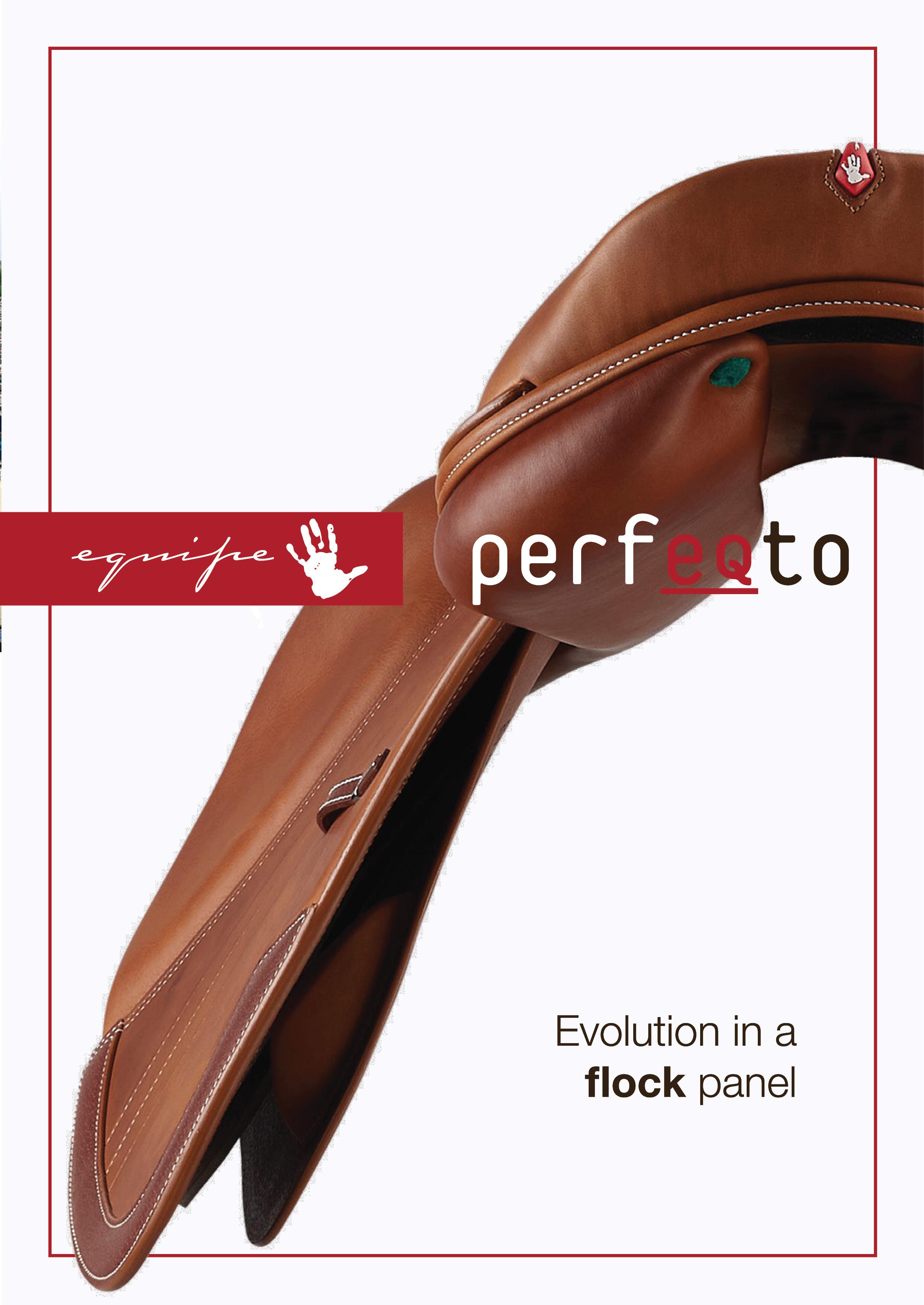
A paddock isn’t just a place to stretch legs, it should meet all a horse’s basic needs. Fresh, clean water must always be available, ideally positioned away from trees that shed leaves, which can dirty troughs. In the South African summer heat, preventing dehydration is critical. Ensure water containers are sturdy enough that they can’t be tipped over or contaminated.
Fields should have a variety of grasses and be large enough to prevent overgrazing. In areas where grazing is poor or during dry winters, supplementary feed like eragrostis, teff or oat hay can be provided. Remember to spread hay piles out so horses can eat without feeling trapped or crowded, always putting out one more pile than there are horses helps prevent fighting.
Shelter is also nonnegotiable
South African weather can swing from scorching heat to icy wind and hail. A solid shelter with a roof and open sides offers horses protection from rain and sun while allowing good airflow. Natural shelter, such as large trees or hedges (provided they’re nontoxic), can also help provide shade and windbreaks.
South Africa’s rich and diverse flora can be a blessing and a curse. Many common garden and veld plants are toxic to horses, and even small amounts can cause serious illness. Some culprits to look out for include oleander, datura (also known locally as moonflower), hemlock, castor oil plant, privet hedges, morning glory, and even acorns from oak trees.
Another common but often overlooked hazard is lawn clippings. Although not poisonous themselves, they can ferment quickly, leading to potentially fatal colic if eaten. Never throw lawn cuttings into a paddock.
It’s crucial to walk the paddock regularly and remove any dangerous plants as soon as they appear. Horses are naturally curious and will nibble on many things, especially if grazing is limited. Consult local agricultural guides or nurseries to identify toxic plants specific to your region, and keep an updated list of plants to watch for.
A perfect paddock isn’t just about individual horse safety, it must also support healthy social interaction. The paddock should be big enough to allow horses to move freely and avoid each other if needed. Overcrowding can lead
to fights and and it can also strain grazing resources.
As a guideline, allow at least 0.5 to 1 hectare per horse, depending on grazing quality and local conditions. This gives horses space to express natural behaviours like running, rolling and playing, which are important for their physical and mental wellbeing.
Building the perfect paddock isn’t a once-off project but an ongoing commitment. Daily checks for injuries, paddock damage, and water supply are essential. Seasonal changes may bring new weeds, and strong winds may introduce new rubbish.
By staying vigilant and proactive, you ensure your paddock remains a safe and happy space all year round.
A well-maintained paddock offers so much more than pretty scenery. It’s an essential foundation for a healthy, happy horse. A place where they can just be horses, grazing, playing, and resting at will.
By following these steps, based on the excellent guidelines from the Pony Club’s Perfect Paddock training, South African owners can create environments that truly support their horses’ needs. E

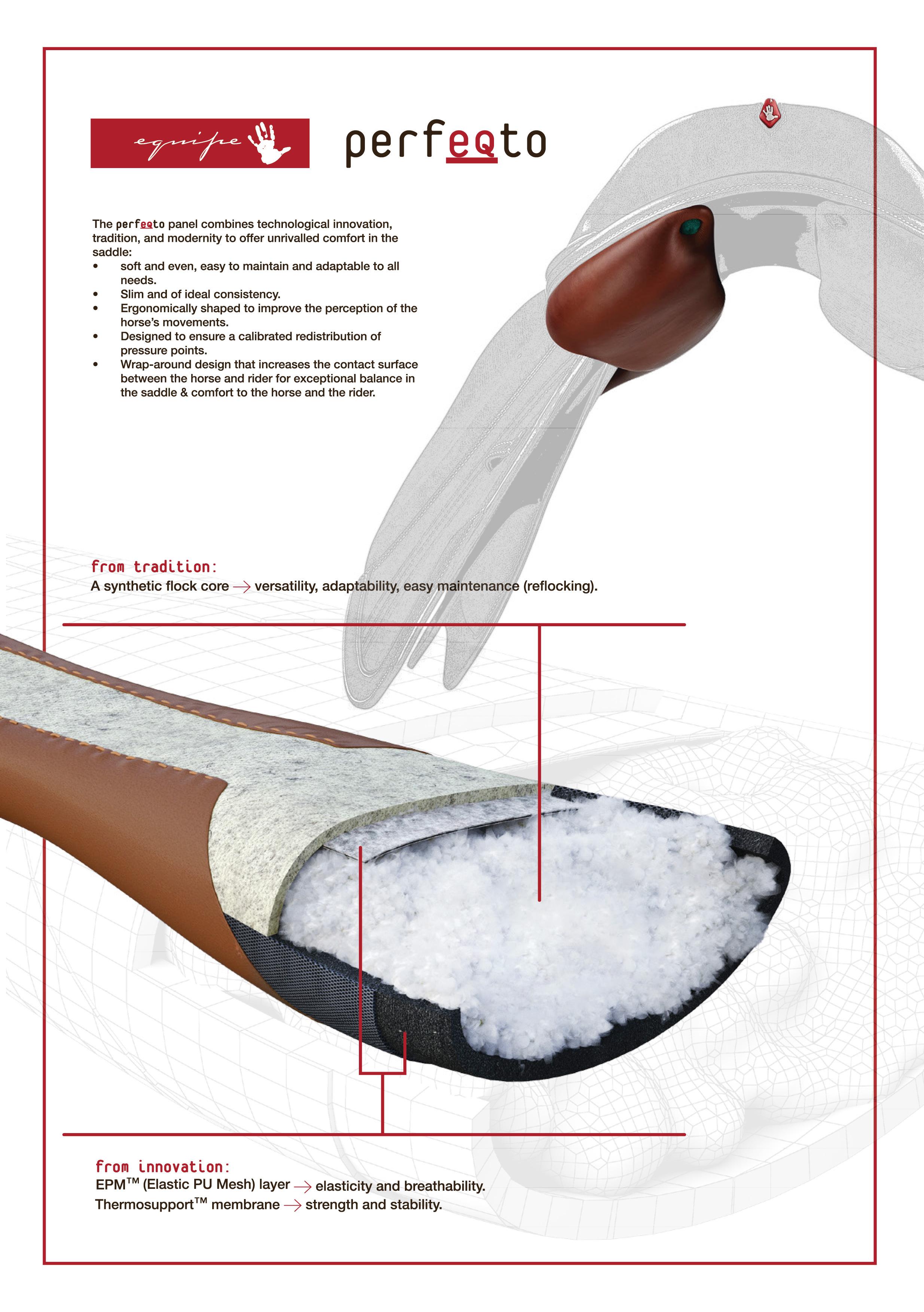
By: Charlene Carroll
There’s nothing quite like the smell of freshly brewed coffee on a crisp morning at a horse show. For Natasha and Thaine Jeacocks, that feeling is at the heart of Caravan CAFÉ, a little dream that rolled into reality in 2024.
“We’d always spoken about owning a coffee shop one day,” says Natasha Jeacocks, co-founder of Caravan CAFÉ. “During my maternity leave after our second baby, we finally decided to take the leap and start looking for a way to make it happen.”
Both Natasha and Thaine work full-time, Natasha in Logistics and FMCG, and Thaine in IT, but the dream of sharing great coffee with the community kept calling. The search wasn’t easy. They visited several coffee shops and caravans for sale, but nothing quite felt like ‘the one’.
That was until they stumbled across a caravan that immediately felt like home. “Once we found it, everything just started to fall into place,” Natasha recalls.

From there, Caravan CAFÉ was born: a mobile coffee shop with heart, driven by a love for good coffee and genuine connection. While the journey hasn’t been without its challenges, the couple has steadily built momentum, pouring their passion into every cup.
The support from the riding community has been a huge part of their story. Riders and spectators alike know how comforting a warm coffee can be at a chilly early-morning show. Caravan CAFÉ has quickly become a welcome sight, offering a moment to pause and warm up.
“We’re so grateful for the way the riding community has embraced us,” says Natasha. “Seeing riders and families come together around the caravan for a coffee is exactly what we dreamed of.”
As Caravan CAFÉ continues to grow, Natasha and Thaine remain true to the vision that started it all: bringing people together through great coffee and creating small moments of joy wherever they park.
Follow their journey and find out where they’ll pop up next: Instagram: @caravancafeza , Facebook: Caravan Cafe

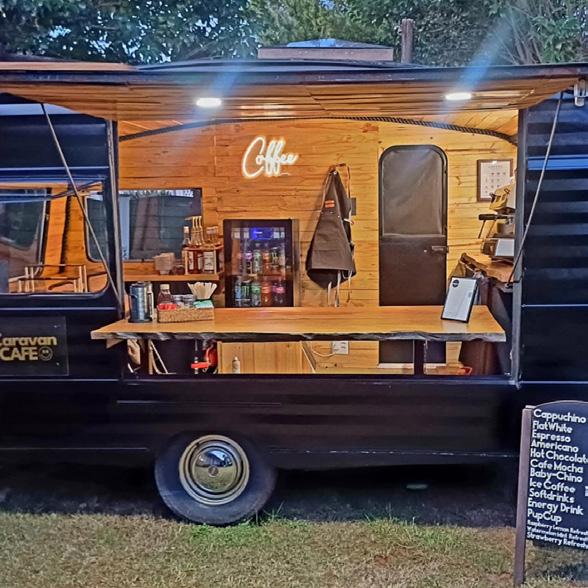
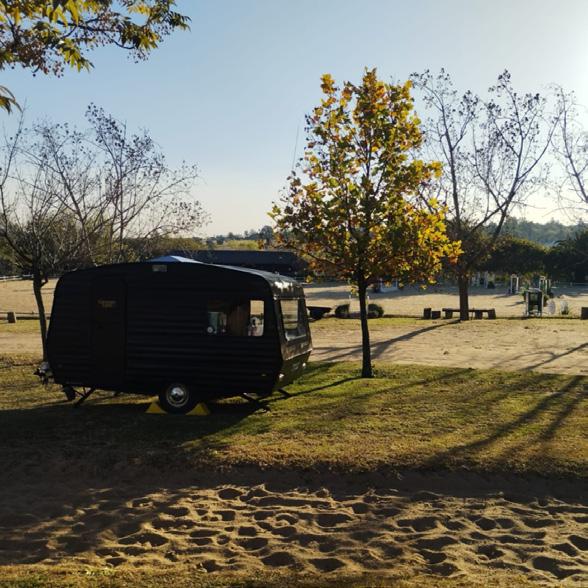

By: Charlene Carroll

Opening scene: the pause after the fall. It’s a sound riders know too well—the thud of earth meeting bone, the sharp exhale, the rustle of hooves retreating. For a moment, everything is still. And in that stillness, fear often sets in. Not just fear of injury, but fear of what comes next. Will I get back on? Do I still trust my body? Do I still trust my horse?
In equestrian culture, there’s a familiar phrase: “It’s ok to fall—it’s the getting back on that matters.” And yet, we rarely talk about how hard that “getting back on” can truly be. The truth is, mental resilience in the saddle is just as critical as any physical skill. And it’s time we gave it the space it deserves.
Fear is not weakness, it’s part of the journey
Whether it’s your first tumble or your fiftieth, fear can follow you into the arena, the yard, even your dreams. And it’s not always about falling. Sometimes it’s fear of failing in competition, fear of disappointing your trainer, fear of letting your horse down.
But fear is not a flaw. It’s biology. It’s your body’s way of keeping you safe. The key isn’t to banish it,
it’s to work with it. To understand where it’s coming from, acknowledge its presence, and ride on anyway.
For many riders, this emotional processing is where the real work begins. And for some, it’s the moment they consider stepping away altogether. That’s why normalising fear and speaking openly about it is so important. Because fear doesn’t disqualify you from being a rider. In fact, some of the most accomplished equestrians out there will tell you they still feel fear. They’ve just learned how to ride through it.
From the ground up, rebuilding confidence after a fall
There’s no one-size-fits-all path back into the saddle. But experts agree that gentle exposure, positive reinforcement, and reflection are powerful tools for recovery.
Start small. That might mean leading your horse in-hand for a few days. It might mean walking on the lunge before you pick up the reins solo. It might mean changing arenas or riding a steadier horse. The point is to rebuild trust between you and your horse, but also within yourself.
It can also help to talk. Riders who’ve experienced similar setbacks are often the most empa-
thetic supporters. Mental health professionals with experience in equestrian sport can provide structured strategies to process fear and avoid falling into patterns of avoidance or catastrophising.
When the mind rides too
While fear is one entry point into the conversation, it’s only one thread in the complex fabric of rider mental health. Pressure, perfectionism, burnout, competition anxiety, loneliness, grief - the riding life can bring joy, but also challenge the spirit.
Many riders push through, believing that toughness is part of the job. But emotional suppression can do more harm than good. The truth is, horses feel us. A rider holding unresolved tension, sadness, or stress can create a feedback loop that unsettles even the calmest horse. On the other hand, a rider who’s present, emotionally aware, and grounded, creates a partnership rooted in trust and stability.
And it’s not just elite competitors feeling the pressure. Young riders, recreational riders, and even parents supporting their children can struggle silently. Social media often adds to the burden, with curated highlight reels that unintentionally fuel self-doubt or comparison.



Equipped with 4 shock absorbers positioned at the 4 corners of the bench that respond to foot pressure.
Ensures the maximum wet and dry adhesion, and its 5° inclination helps keep heels down.
It helps keeping the leg and the ankle on the axis and it support finding your best balance.
Eases the steady contact of the foot during the jumpings, making your movements natural and instinctive.
Opens with foot pressure during a fall, allowing the rider’s foot to release easily.


The irony isn’t lost on anyone who’s found solace in the saddle: horses can heal us. They mirror our moods, ask for presence, and offer connection without words. Time in the stable or on a quiet hack can soothe anxiety and help regulate emotions in ways few other sports allow.
This has given rise to equine-assisted therapy, where horses are part of structured programmes supporting people with anxiety, trauma, depression, and more. The benefits are real, they include lower cortisol, increased confidence, improved emotional regulation.
But even though riding can be therapeutic, riders still need support. It’s okay to love your horse and still feel overwhelmed. It’s okay to use riding as an outlet and still benefit from talking to someone.
Being a horse person doesn’t mean you have to be invincible.
So what does it look like to build mental resilience in a sustainable, compassionate way?
It starts with awareness. Checking in with yourself before and after rides. Noticing patterns, for example when your nerves are high, when your motivation dips, what kinds of situations trigger anxiety or stress.
Then comes the toolkit. For some, it’s breathing techniques before a round. For others, it’s journalling rides to reflect on progress. Mental skills coaches often recommend visualisation, affirmations, and performance routines to create a sense of control and calm.
But perhaps the most powerful strategy is giving yourself permission. Permission to rest. Permission to say “not today.” Permission to love the sport and still find it hard. Because mental strength isn’t just about pushing through,
it’s about knowing when to pause and regroup.
Creating space for open conversations
As a community, we need to do better. We need to create space in tack rooms and on the sidelines for honest conversations about mental well-being. We need to celebrate courage, not just rosettes. We need to look out for the quiet ones, the overachievers, the brave faces who may be struggling inside.
This could be as simple as checking in with a teammate. Or hosting a yard discussion about mindset and pressure. Or inviting a sports psychologist to your Pony Club meeting. When we normalise these conversations, we make it easier for the next rider to speak up and the one after that to heal.
The ride continues Every rider has a story. A fall. A wobble. A moment when they thought they couldn’t go on. What matters is what came next. The slow rebuilding. The quiet courage. The decision to get back on, even when their hands were shaking.
Because riding isn’t about perfection. It’s about partnership. It’s about heart. And most of all, it’s about resilience - not the kind that grits its teeth and pushes pain aside, but the kind that listens inward, adapts, and grows stronger in the saddle.
So if you’ve fallen, literally or emotionally, know this: you’re not alone. Fear is part of the ride. But so is joy. So is connection. And when you’re ready, the saddle will be waiting.


Getting it right takes more than a tape measure and a template.
By: Charlene Carroll
Saddle fitting is one of those quietly crucial topics in the horse world, a subject every rider knows is important, but few fully understand. Ask any experienced equestrian and they’ll tell you: a well-fitted saddle can be the difference between a happy, free-moving horse and one that’s sore, resistant, and underperforming.
Greg Wharram has been fitting saddles for over 13 years and has seen it all, from lumps of flocking better suited to a dog’s bed to billets stretched and uneven from incorrect girthing. He believes that saddle fitting is both an art and a science, requiring deep experience, an eye for detail, and, above all, a real concern for the horse’s welfare.
More
According to Greg, the first step is always a thorough assessment of the horse. “You have to look at the horse’s age, discipline, and conformation,” he says. “It starts at the hoof and works all the way up the shoulder and back.” Every horse is unique, and even small differences in shape or muscle development can affect saddle balance and fit.
Then there’s the rider to consider, their build, riding style, and goals. And of course, practical realities such as budget and saddle availability also play a role. “Sometimes, I have to tell a client that my saddles aren’t right for their horse,” Greg admits. “I’d rather walk away than compromise the horse’s comfort and health.”

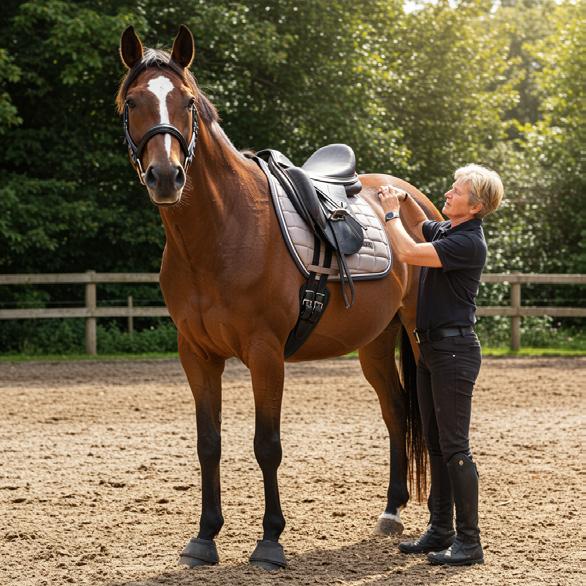
This commitment to putting the horse first is at the heart of good saddle fitting. A fitter should take pride in seeing horses perform well and staying sound, rather than simply trying to make a sale.
In an age of endless online tutorials and quick-fix videos, many owners are tempted to ‘DIY’ their saddle adjustments. Greg warns strongly against this approach. “Saddle fitting is something you can’t learn from a YouTube clip or a Google article,” he says. “It takes years of hands-on work to understand how small changes affect the horse’s movement and comfort.”
He describes how certain things he’s learned over the years simply aren’t in the textbooks, it comes down to feel, observation, and constant learning on the job.
An often-overlooked part of saddle fit is the girth and the way it’s used. Greg shares a simple tip: always choose a girth with elastic on both ends. If your girth only has elastic on one side, you risk pulling the saddle off-centre every time you tighten up.
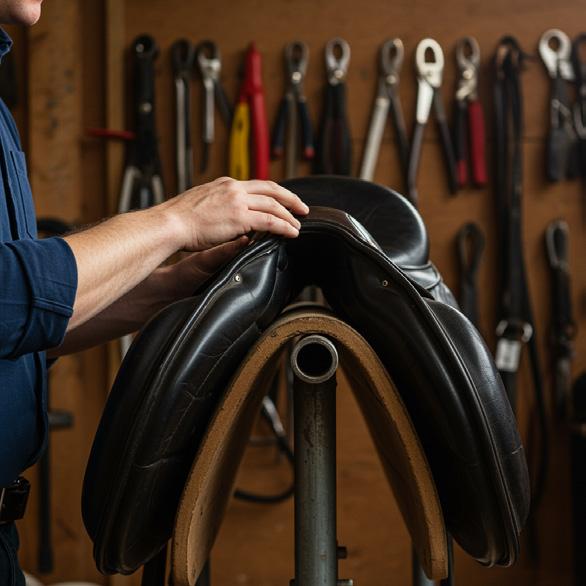
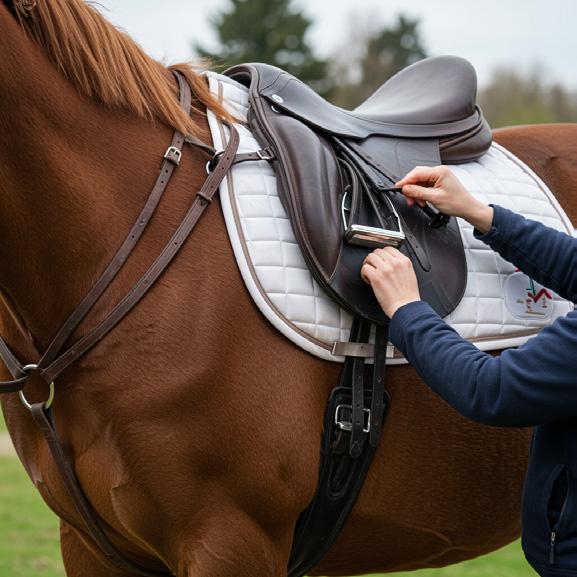
“Imagine putting a tight band around your chest when you’re exercising, not nice, is it?” he explains. Horses need to breathe freely and move without restriction, and the wrong girth can create uneven pressure and discomfort.
It’s also worth keeping an eye on your billets (the leather straps where the girth attaches). Over time, these can stretch unevenly if only one billet is consistently tightened or if incorrect girthing configurations are used. As Greg points out, crossgirthing or missing a hole on one side may sound minor but can cause significant saddle skew and uneven weight distribution across the horse’s back.
Greg and his team often replace billets and ensure they have strong nylon reinforcements to prevent this stretching and maintain balance.
secret life of saddle flocking
Another hidden culprit behind many saddle issues lies within the panels themselves, the flocking. Over time, flocking can become hard, lumpy, or uneven, creating painful pressure points.
Greg recently removed flocking from a saddle that was so hard and clumped it looked more like old stuffing from a pet bed. In contrast, high-quality flocking should be light, fluffy, and consistent. “We import our flocking from Italy to ensure it’s the right quality, soft enough to cushion but firm enough to support,” he explains.
If you look at your saddle and the panels resemble rolling hills rather than smooth surfaces, it’s a sure sign they need attention. Symmetry is key, panels should look and feel even to both touch and sight.
Many riders try to fix saddle fit issues by adding a pad. While half pads and gel inserts can be helpful, they’re not a magic solution. “Padding is only effective if it addresses the right areas,” Greg says. “Using the wrong pad can sometimes make matters worse, creating new pressure points instead of alleviating them.”
There’s a wide range of half pads available, different cuts, materials, thicknesses, and shapes, and it can be overwhelming to choose. Greg always recommends getting your saddle fitter’s input before making a decision. A properly selected pad can fine-tune the fit, but it should never replace a well-fitted saddle.
So, what should you look for in a good saddle fitter? Experience is non-negotiable, there’s no substitute for years of practical knowledge. A good fitter should also demonstrate a genuine commitment to the horse’s well-being, be willing to walk away rather than force a sale, and have an eye for detail that extends beyond the saddle itself to the girth, billets, and even the pads you use.
Finally, a trustworthy fitter won’t hesitate to share information and educate you along the way. After all, the more you know, the better care you can provide for your horse.
At the end of the day, saddle fitting is about partnership between the horse, the rider, and the fitter. When done properly, it sets the stage for comfort, performance, and a stronger connection between horse and rider. And that, as Greg would say, is worth every ounce of effort. E
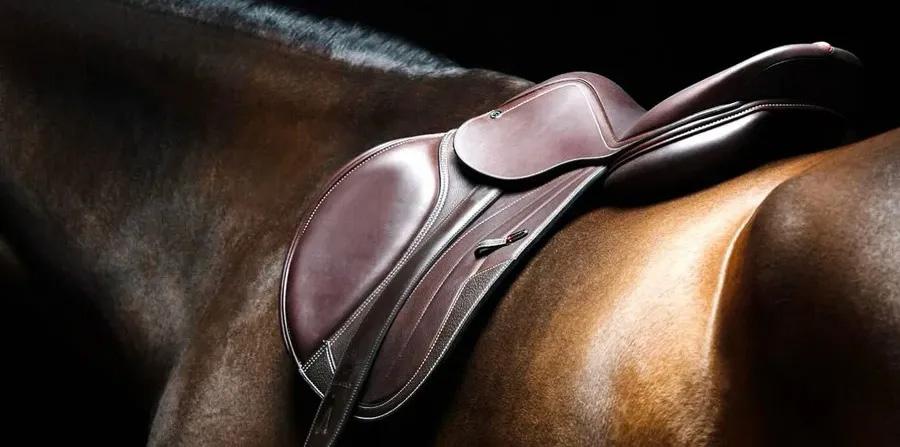
By: Charlene Carroll
Riding is more than just sitting pretty, it’s a full-body workout that demands balance, stability, and strength. To support your time in the saddle, it pays to build fitness on the ground too. Here’s a quick “shopping list” of exercises you can add to your routine to help you feel more secure, supple, and effective when you ride.
A strong core is key to staying centred and following your horse’s movement. Try “dead bugs”, lie on your back with arms and legs lifted, then slowly lower opposite arm and leg without letting your back arch. This move helps improve stability and control.
Your legs do far more than give cues, they support your entire position. Squats are a classic for good reason, building strength through the hips and thighs. Add lunges, especially single-leg versions, to challenge your balance and mimic the independent leg control you need when riding.
A solid upper body helps you maintain a light, steady contact and prevents slouching. Push-ups build strength through the chest, arms, and shoulders. Rows (using a resistance band or weights) target the back, improving posture and helping you stay open across the chest.
Being able to move freely makes all the difference, especially over jumps or during lateral work. Stretching your hip flexors and hamstrings can improve your position and reduce tightness after long rides. Incorporate dynamic stretches, like leg swings or torso rotations, to keep your body moving well before you get in the saddle.
A little time invested in these exercises can transform how you feel and perform on your horse. Think of it as training for both of you. Your horse deserves a rider who is as strong, supple, and balanced as they are.
By: Charlene Carroll
This month, we bring you a hand-picked selection of products that embody innovation, style, and performance. From the latest in luxury motoring to refined winemaking, high-tech wearables, and standout gear for equestrians and explorers alike. Whether you’re navigating the city in the new Kia Sorento, refining your ride with Tech Stirrups Venice Plus Evo, tracking your next adventure with the HUAWEI WATCH FIT 4 Series, raising a glass of de Trafford Chenin Blanc 2023, or stepping out in the bold Nike Ava Rover, discover what’s new and inspiring right here in South Africa.
HUAWEI WATCH FIT 4 Series
The HUAWEI WATCH FIT 4 Series brings sleek design and pro-level sport modes to your wrist. Both the FIT 4 and FIT 4 Pro feature bright AMOLED displays and advanced health tracking, with the FIT 4 Pro offering extra durability through its sapphire glass and titanium alloy bezel. Designed for active lifestyles, the series includes a dedicated horse riding function in the exercise menu, giving equestrians tailored tracking on and off the arena. The FIT 4 Pro steps up further with features like offline terrain maps, diving mode to 40m, and golf course mapping, making it ideal for serious outdoor enthusiasts. Both models deliver long battery life, fast charging, and stylish finishes to suit every occasion.
Retail price: R2,999.00 (FIT 4) or R4,999.00 (FIT 4 Pro)

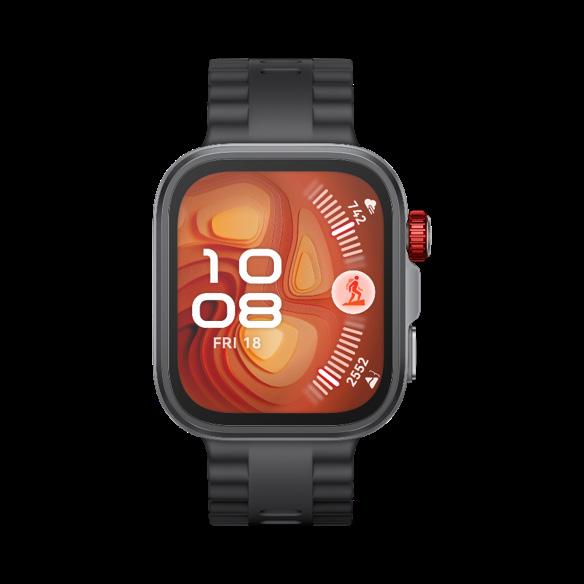
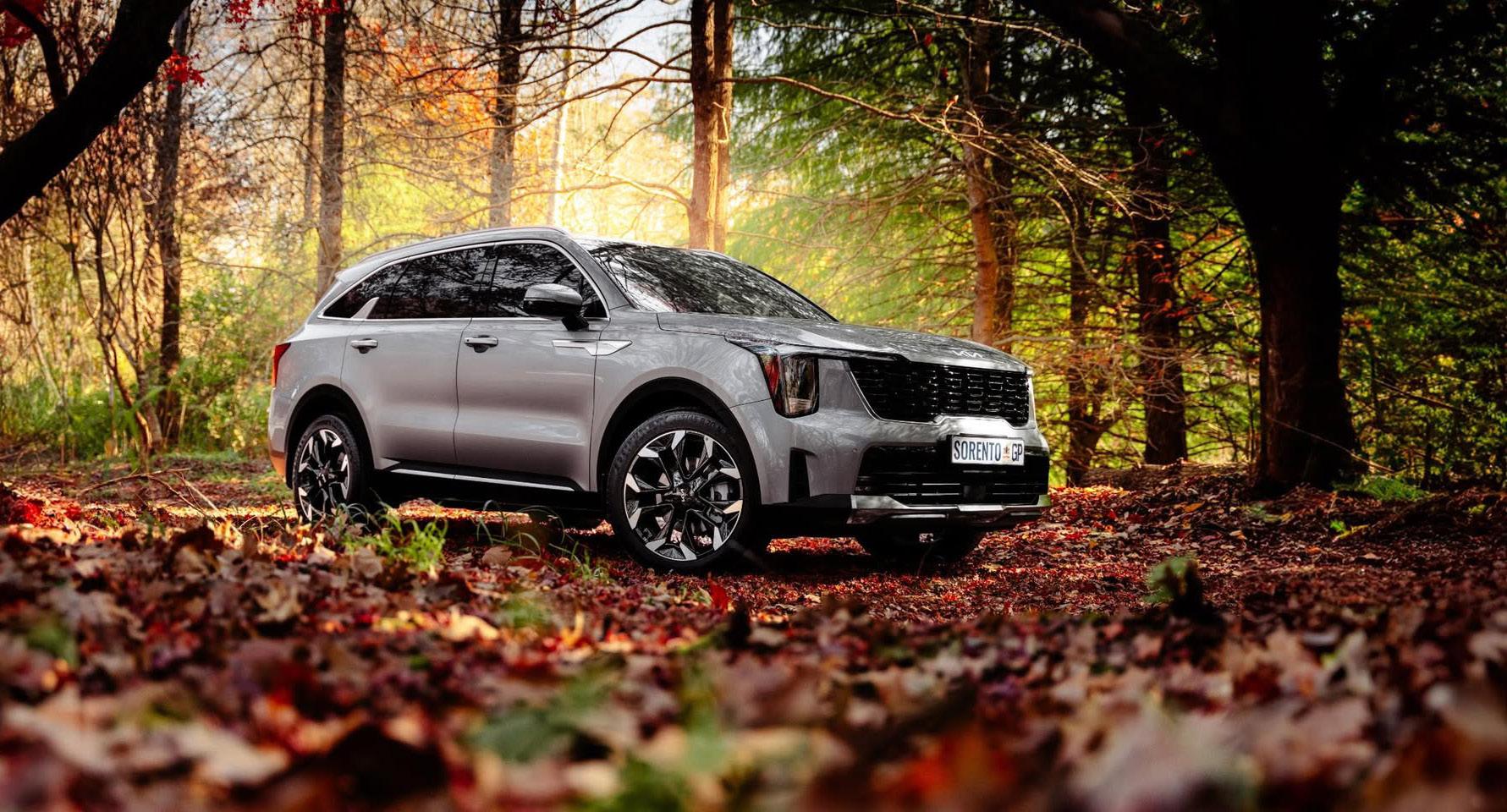
The refreshed Kia Sorento has arrived in South Africa, setting a new standard for luxury and versatility in the SUV segment. With its bold new design, updated lighting signature, and refined interior, the Sorento offers sophistication for every adventure. Inside, a curved panoramic display merges a 12.3-inch digital cluster with a 12.3-inch infotainment screen, delivering a seamless, hightech driving experience. Power options include a strong 2.2-litre turbo-diesel engine paired with an eight-speed dual-clutch transmission for smooth, confident performance. Spacious and flexible seating for seven makes it ideal for family trips or long road journeys. Advanced driver-assistance systems and terrain modes ensure comfort and safety on and off the road. Combining rugged capability with urban elegance, the Sorento is ready to take you anywhere in style.
Crafted from 38-year-old vines on the slopes of the Helderberg, the de Trafford Chenin Blanc 2023 showcases purity and elegance in every glass. Hand-picked and naturally fermented in French oak barrels, this vintage reveals delicate layers of white peach, quince, and honey blossom, with subtle mineral notes that reflect its coastal vineyard origins. A fine, textured palate balances richness with vibrant acidity, leading to a long, refined finish. Ideal for enjoying now or cellaring for greater complexity over the next few years, it pairs beautifully with seafood, poultry, or creamy cheeses. This Chenin is a testament to de Trafford’s commitment to expressing terroir and meticulous craftsmanship.
Retail price: ±R360.00
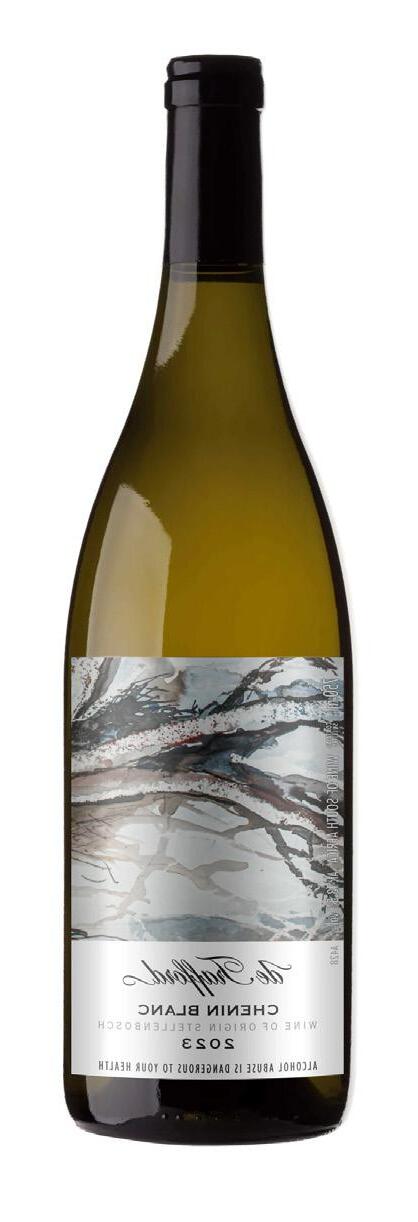

Retail price: R999,995.00

Meet the new Nike Ava Rover — a bold, futuristic sneaker inspired by adventure and movement. Drawing on outdoor design cues and trail-ready aesthetics, the Ava Rover combines exaggerated sculpted midsoles with rugged outsole grips, making it as at home on city streets as on off-road paths. Its layered upper blends synthetic materials and breathable textiles for a dynamic, modern look, while oversized pull tabs and secure lacing make it easy to slip on and go. Comfort is central, with plush cushioning that supports all-day wear, whether you’re exploring new trails or running urban errands. With a design that balances style and utility, the Ava Rover steps confidently into a new era of versatile, statement footwear.
Retail price: R2,799.95
Engineered for exceptional performance, the Tech Stirrups Venice Plus Evo offers riders unmatched safety, comfort, and control across disciplines, especially in jumping and cross-country. Made from high-quality metal, these stirrups feature the widest opening safety mechanism on the market: in the event of a fall, the safety arm opens to release the foot and then automatically resets. Four shockabsorbing inserts support the natural movement of the foot, reducing fatigue in knees and ankles while enhancing stability and balance. The 5° inclined footbed encourages a heels-down position, while the tread design provides secure grip in wet and dry conditions alike. With a sleek shiny finish and a choice of elegant colour options, these stirrups deliver style and longevity. Replaceable tread and inserts ensure lasting performance.
Weight: 570g | Dimensions: 12 x 6.5 cm | Colours: Various
Retail price: R8,819.00
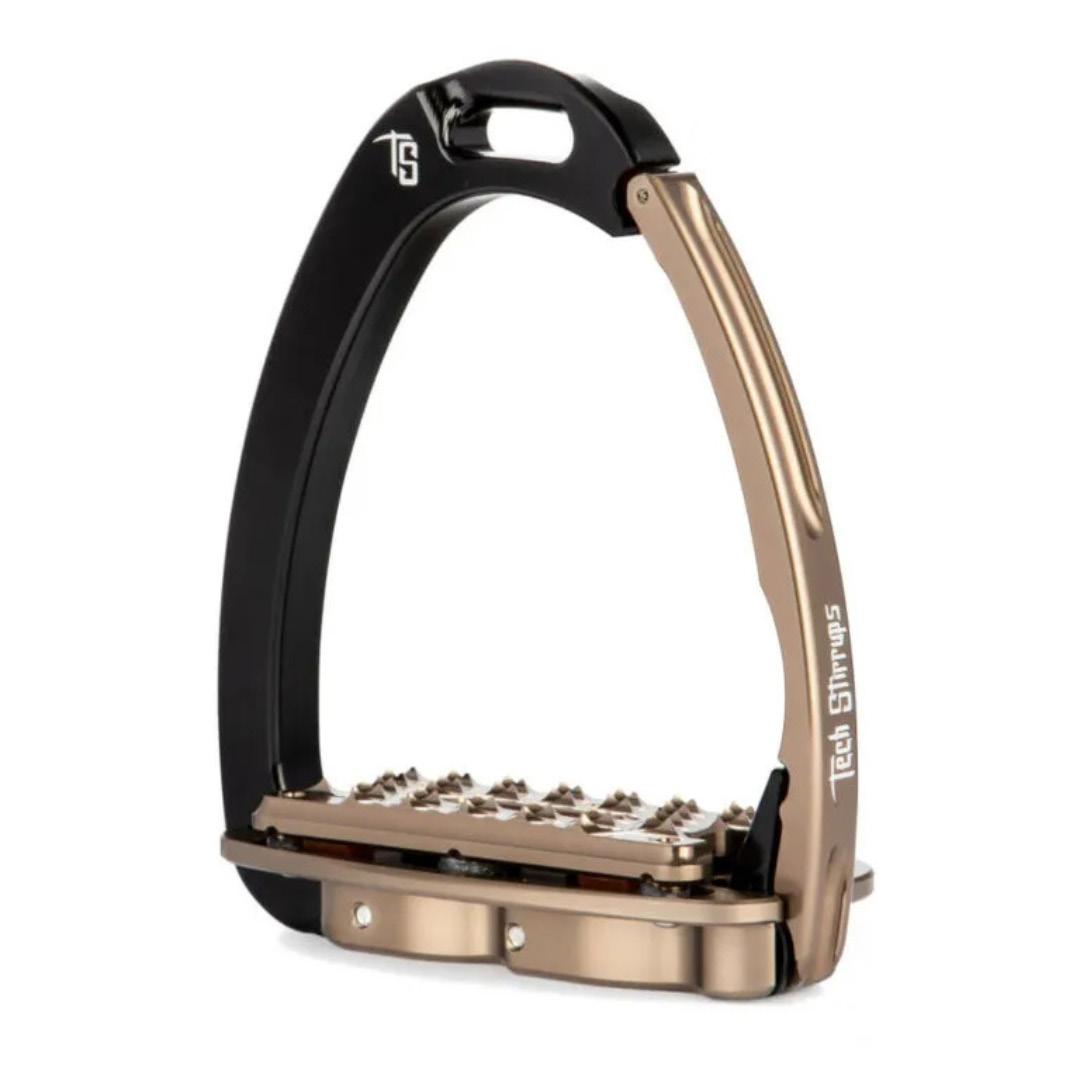
By: Charlene Carroll
What do you call a horse that loves science? A neigh-sayer-tist!
Why did the cow become an astronaut? Because it wanted to visit the Milky Way!
What do you get when you cross a horse with a bee? A neigh-buzz!
Why don’t sheep ever win at hide and seek?
Because they always bleat it out!
Clues Across
1. What you do when you clean your horse?
3. I put water in this?
4. Sound my pony makes?
6. I give it if my pony is good?
9. Ponies and humans drink it?
Clues Down
2. I use it to clean a stable?
3. Goes on a pony’s ears or a girls hat?
5. Like chaps but sound like a crocodile?
7. Orange and ponies love it?
8. When I am dirty I take a ___?
Ever seen a horse dance? Let’s find out more about the magical Lipizzaner!
1. Born to preform
Lipizzaners are famous for their incredible performances in classical dressage, especially their graceful jumps and “airs above the ground.”
2. Royal Roots
The breed was created in the 1500s for the royal courts of Austria, and today they’re most famous at the Spanish Riding School in Vienna.
3. Snowy coats
Lipizzaner foals are usually born dark (black or brown) but turn white as they grow older, a true transformation.
4. Super smart
These horses are known for their intelligence and strong bond with their riders, which helps them learn all those tricky moves.
5. Star of the show
Whether performing in front of royalty or big crowds, the Lipizzaner always steals the spotlight with its beauty and elegance.
From royal stables to show arenas, the Lipizzaner proves that dancing isn’t just for people, horses can be stars too! You can watch the South African Lipizzaners in Cape Town.

